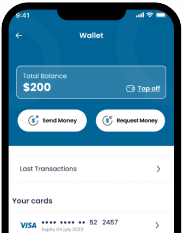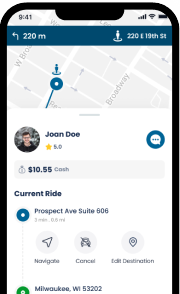Passenger
Team RideWyze Posted on 20 January 2025
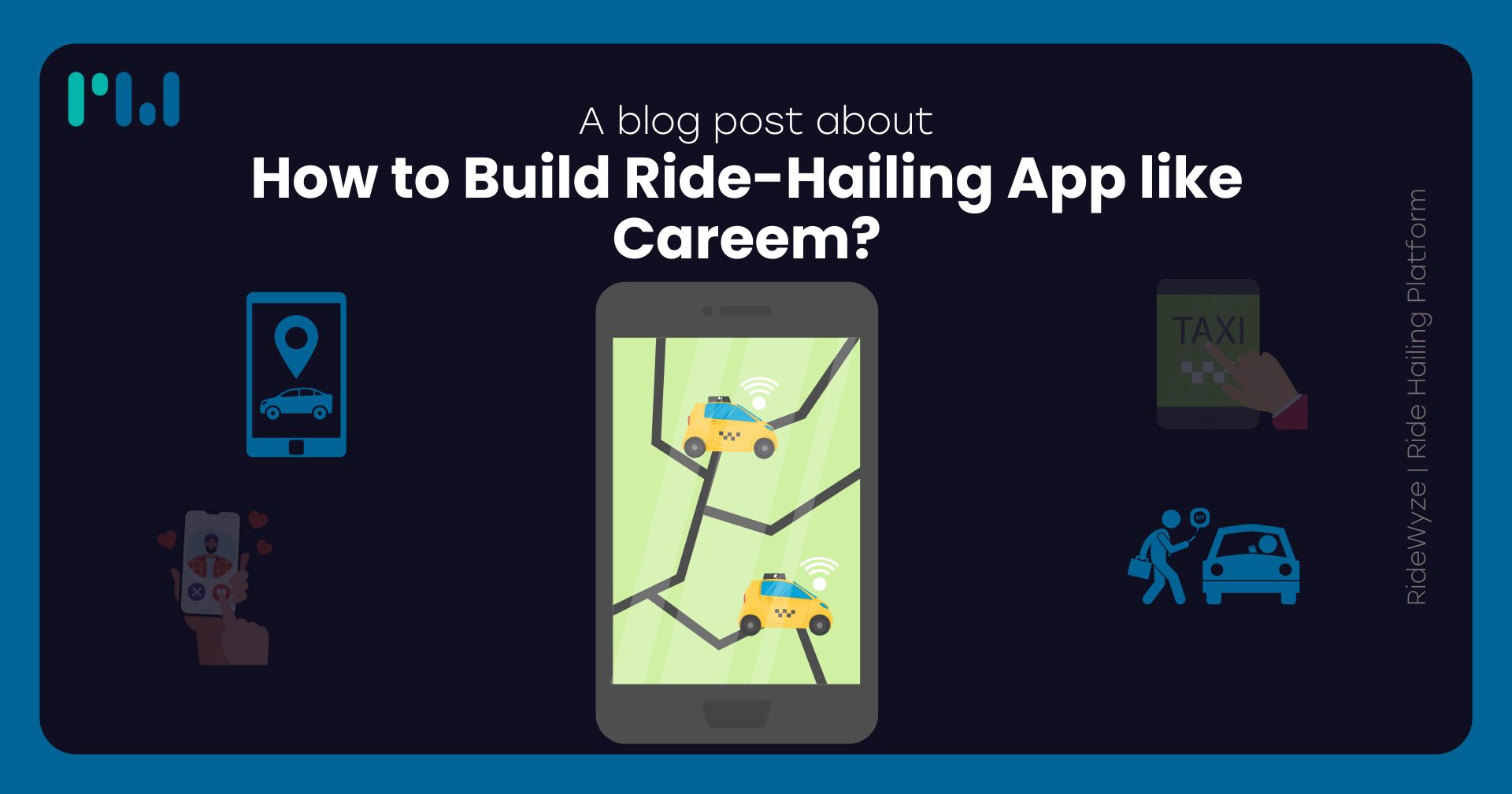
In today’s fast-paced world, ride-hailing apps have become a staple in how people commute. Companies like Uber and Careem have revolutionized transportation by making it incredibly easy for users to book rides from the comfort of their homes or while on the go. If you’re looking to develop a ride-hailing app similar to Careem, you are diving into a highly competitive, yet rewarding, industry.
But how do you go about building a successful ride-hailing app that can rival the likes of Careem? The process is more than just a few lines of code; it involves careful planning, innovative thinking, and the right mix of technology. This article is here to guide you through the entire process of creating a ride-hailing app, covering everything from essential features to the technology stack you’ll need to develop your platform. Let’s dive in!
Ride-hailing apps have changed the transportation industry in significant ways, making commuting easier, more affordable, and accessible. Let’s explore some of the major benefits:
Gone are the days when you had to wait for a taxi to show up or search for one on the street. With a ride-hailing app, users can book rides in seconds, and the app provides real-time tracking for both drivers and passengers. This immediate accessibility is a game-changer.
Ride-hailing apps have opened up the world of transportation to people living in both urban and rural areas. In cities, where taxis were once the primary choice, people now have more options. In more remote areas, where traditional taxi services don’t exist, ride-hailing apps fill the gap, offering both convenience and affordability.
For passengers, ride-hailing apps typically offer lower fares than traditional taxis, while drivers benefit from flexibility, as they can work whenever it suits them. This win-win situation makes the ride-hailing business model highly attractive for both users and drivers.
Ride-hailing apps often use dynamic pricing, which adjusts fares based on demand and supply. While this can sometimes mean higher fares during peak hours, it also ensures that drivers are adequately compensated, which helps keep the platform running smoothly.
While ride-hailing apps have certainly made their mark, they aren’t without their challenges. It’s important to understand these hurdles so you can plan ahead and mitigate risks.
The ride-hailing market is highly competitive, with global giants like Uber, Lyft, and local players like Careem dominating many markets. As a new player in the game, you’ll need to find a way to differentiate your app, whether that’s through unique features, better service, or competitive pricing.
The ride-hailing industry is heavily regulated in many regions. Depending on where you plan to launch your app, you’ll need to navigate various legal requirements, including licensing, insurance policies, and vehicle inspections. Failing to comply with local regulations could result in your app being banned or facing legal issues.
Keeping both riders and drivers satisfied is key to the long-term success of any ride-hailing platform. Riders expect fast, safe, and affordable rides, while drivers need fair compensation, respect, and a smooth experience. Balancing the needs of both parties can be tricky but is crucial for building trust and retaining users.
Creating a ride-hailing app requires attention to detail in terms of the features you offer. Below are the must-have features for any ride-hailing platform.
To begin using your ride-hailing app, users must be able to register easily. The registration process should be simple, involving either email, phone number, or social media logins. A hassle-free registration process encourages new users to sign up without any friction.
Once signed in, users should be able to manage their profiles—this includes adding payment details, viewing ride history, and customizing their preferences (such as preferred ride type, payment method, or favorite routes). Profile management allows users to have a personalized experience, which boosts customer satisfaction.
Real-time GPS tracking is one of the key features that make ride-hailing apps so valuable. For riders, it ensures that they can see when their ride will arrive and track the journey in real time. For drivers, GPS navigation helps them reach the pickup point and the destination in the fastest and most efficient manner.
This feature is critical for both the driver and the rider, and it’s powered by integration with map and navigation services like Google Maps or Mapbox. GPS technology also allows for dynamic route optimization, taking into account real-time traffic conditions to offer the most efficient route.
Having a secure, reliable, and diverse payment system is essential for the success of a ride-hailing app. Your app should support multiple payment options, such as credit/debit cards, digital wallets, and cash.
Security is of utmost importance when dealing with financial transactions, so implementing encryption protocols like SSL/TLS and adhering to industry standards like PCI-DSS will help protect sensitive information. Offering in-app payment options ensures that riders can quickly and easily pay for their rides without needing to carry cash.
Another important feature is ride scheduling. Some passengers may prefer to book a ride in advance rather than on-demand. By offering scheduling options, you cater to a broader audience who may need transportation for future events, meetings, or flights.
Booking management should also allow users to modify or cancel their rides, check their booking history, and receive notifications of ride status updates. This feature provides transparency and convenience, enhancing user satisfaction.
After every ride, both drivers and riders should have the option to rate their experience and leave feedback. This system helps improve the overall service by ensuring that only high-rated drivers remain on the platform. It also fosters a sense of accountability and trust between users, ultimately improving the quality of service.
Choosing the right technology stack is crucial for building a robust, scalable, and efficient ride-hailing platform. Here’s a breakdown of the technology stack you’ll need to develop your app.
The front-end of your app is everything the user interacts with, so it’s important that it’s smooth, responsive, and user-friendly. For mobile apps, Swift (for iOS) and Kotlin (for Android) are the preferred programming languages. These languages ensure your app works seamlessly on their respective platforms, offering a smooth experience for users.
Alternatively, if you want to build a cross-platform app, technologies like React Native or Flutter can be used. Both allow you to write one codebase and deploy it across iOS and Android, saving you time and effort.
The back end of your app handles all the business logic, database management, and communication between the app’s various components. Some popular back-end frameworks for building ride-hailing apps include:
Node.js: A fast, scalable back-end framework ideal for real-time applications like ride-hailing platforms.
Ruby on Rails: A popular framework known for its ease of use and speed.
Django (Python): A robust and flexible framework, well-suited for high-performance applications.
Your back-end should also support APIs for integration with third-party services, such as payment gateways and GPS services.
To enhance your app’s functionality, you will need to integrate with various third-party APIs. Key integrations include:
GPS and map APIs (Google Maps, Mapbox) for navigation and tracking.
Payment gateway APIs (Stripe, PayPal, etc.) for handling payments securely.
Push notification APIs (Twilio, Firebase) to send real-time notifications to riders and drivers.
Scalability is key for any app. As your app grows in terms of users, drivers, and regions served, you’ll need to ensure your app can handle high volumes of data and traffic. Cloud services like Amazon Web Services (AWS) or Google Cloud offer flexible infrastructure that scales with your app’s needs.
Before you start building your app, it’s crucial to conduct comprehensive market research. Understanding the competition, identifying your target audience, and analyzing market trends will help you tailor your app to meet the specific needs of your users.
Conducting market research also helps you discover unique features that can set your app apart from competitors. For instance, you could explore niche markets like pet-friendly rides or wheelchair-accessible vehicles to serve a broader audience.
Once you’ve done your research, it’s time to design the app’s architecture. This involves creating wireframes, which are the skeletal structure of your app, outlining its basic elements, layout, and flow. Wireframes provide a visual guide for developers and designers to work from.
The architecture design also includes creating an easy-to-follow user journey. From the initial sign-up to booking a ride and paying for it, the app should offer a smooth experience that requires minimal effort from the user.
With the design in place, the next step is development. This is the phase where you start writing the code for both the front-end and back-end of the app. It’s essential to follow an agile development approach to ensure that the app evolves as new features are added and bugs are fixed.
Both the front-end and back-end need to be closely integrated to ensure the app works seamlessly. Front-end developers focus on building the user interface, while back-end developers ensure the infrastructure is in place to handle all the data, payments, and other backend processes.
Once the app is developed, it’s time to test it. Quality assurance (QA) testing is crucial to identify and fix any bugs before launching. This includes functionality testing, usability testing, security testing, and performance testing. Bug fixes should be made promptly to ensure that your app is stable and reliable.
The final stage is launching the app. Start with a soft launch or beta testing, where you release the app to a limited audience to collect feedback. Once the app has been refined and any issues resolved, go for the full launch.
Post-launch, focus on marketing strategies such as referral programs, paid advertising, and influencer partnerships to boost downloads and user adoption. Continuously monitor the app’s performance and gather user feedback to make improvements and updates.

Building a ride-hailing app like Careem is a complex but rewarding venture. By focusing on user-centric design, incorporating essential features, using the right technology stack, and developing a solid marketing strategy, you can create a successful platform that caters to the needs of both riders and drivers. While competition is fierce in this industry, there’s still plenty of room for innovation and growth. Whether you’re targeting a specific niche or offering a new twist on traditional ride-hailing services, with the right approach, your app could become the next big player in the transportation industry.
Key features of a ride-hailing app like Careem include user registration, real-time ride booking, GPS tracking, fare estimation, secure payment options, driver ratings, ride history, and customer support. Advanced features such as ride scheduling, multiple vehicle types, and promo codes can further enhance the app.
The cost to build a ride-hailing app like Careem varies based on app complexity, features, and development team rates. A basic app may cost around $30,000 to $50,000, while a fully featured app with advanced functionalities could range from $100,000 to $200,000 or more.
Apps like Careem are built using technologies such as React Native or Flutter for the frontend, Node.js or Python for the backend, and Firebase or MongoDB for databases. APIs for GPS navigation, payment gateways, and push notifications are also integral.
The development time for a ride-hailing app like Careem depends on its features and complexity. A basic app might take 4-6 months, while a more advanced app with multiple integrations could take 9-12 months or longer.
Scalability is crucial for apps like Careem because it ensures smooth performance as user numbers grow. A scalable architecture handles increased traffic, new features, and expansion into multiple cities without compromising app reliability.
Our Blogs
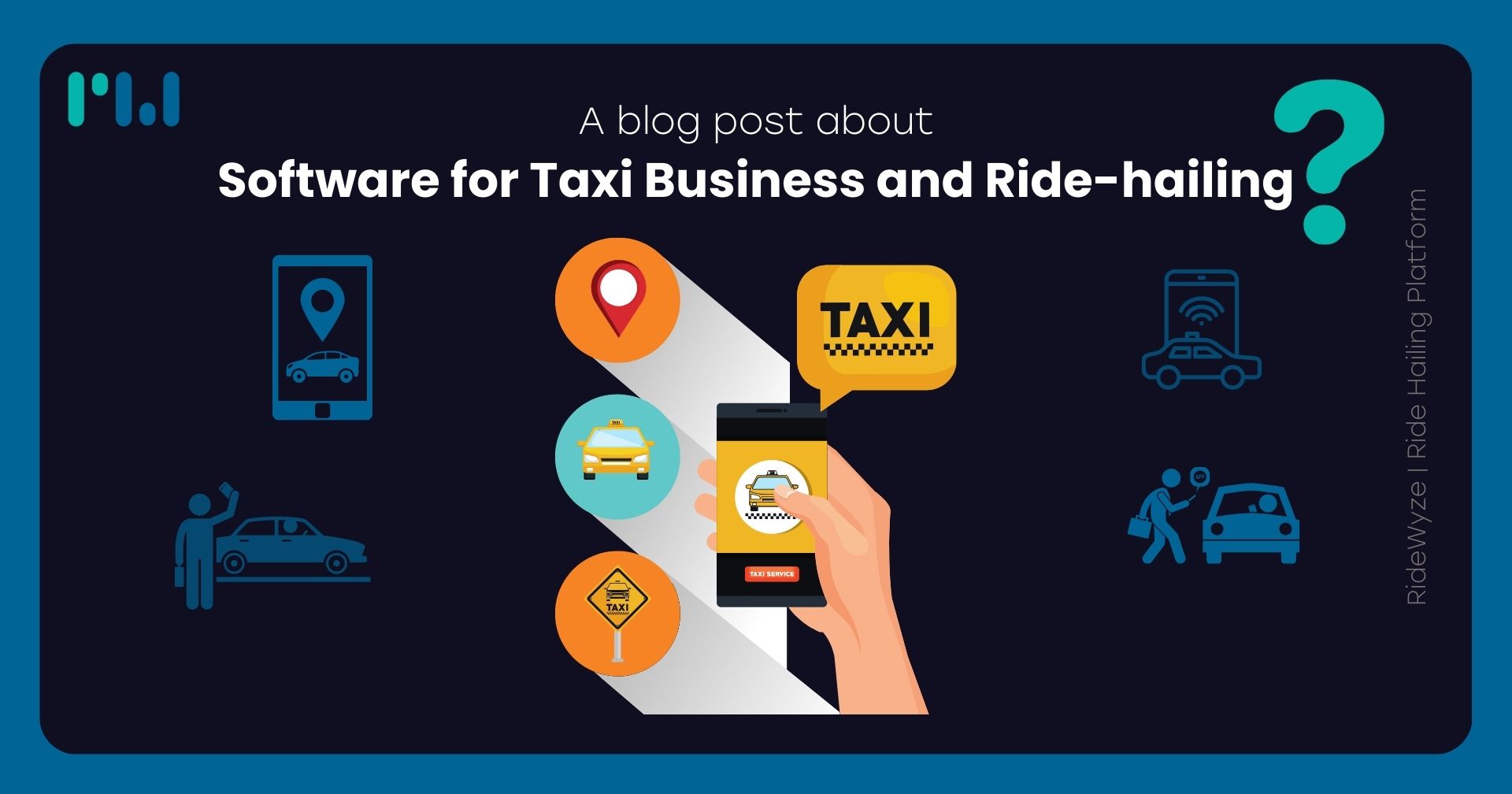
Article
Top Ride-Hailing Platforms
Discover powerful software solutions designed to streamline taxi and ride-hailing operations for better efficiency.
Sep 29, 2024 · 6 min read

Article
Software for Taxi Business and Ride-hailing
Discover powerful software solutions designed to streamline taxi and ride-hailing operations for better efficiency.
Sep 29, 2024 · 6 min read
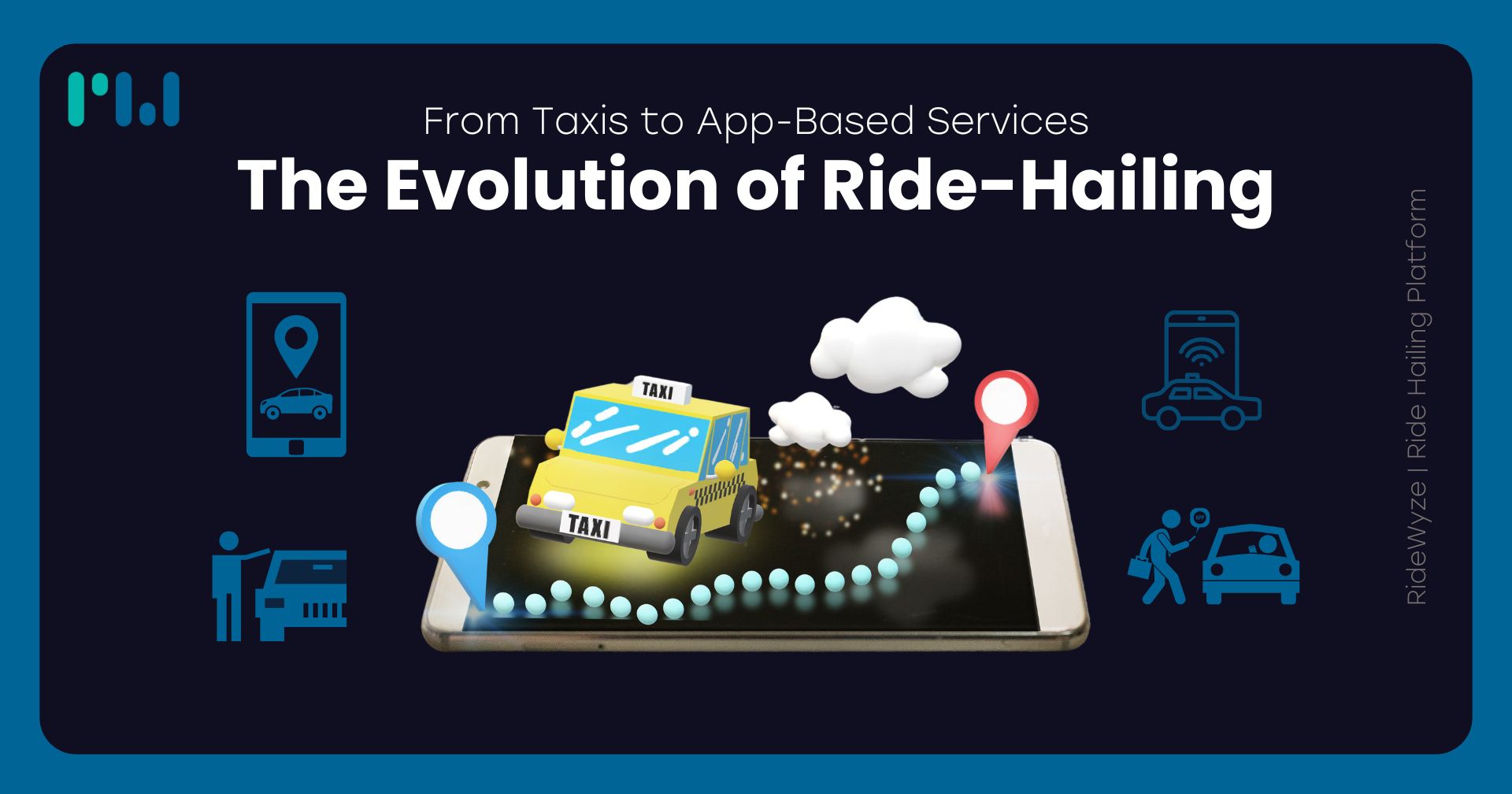
Article
The Evolution of Ride-Hailing: From Taxis to App-Based Services
Explore the journey of ride-hailing from traditional taxis to modern app-based services that redefine convenience.
Oct 6, 2024 · 6 min read
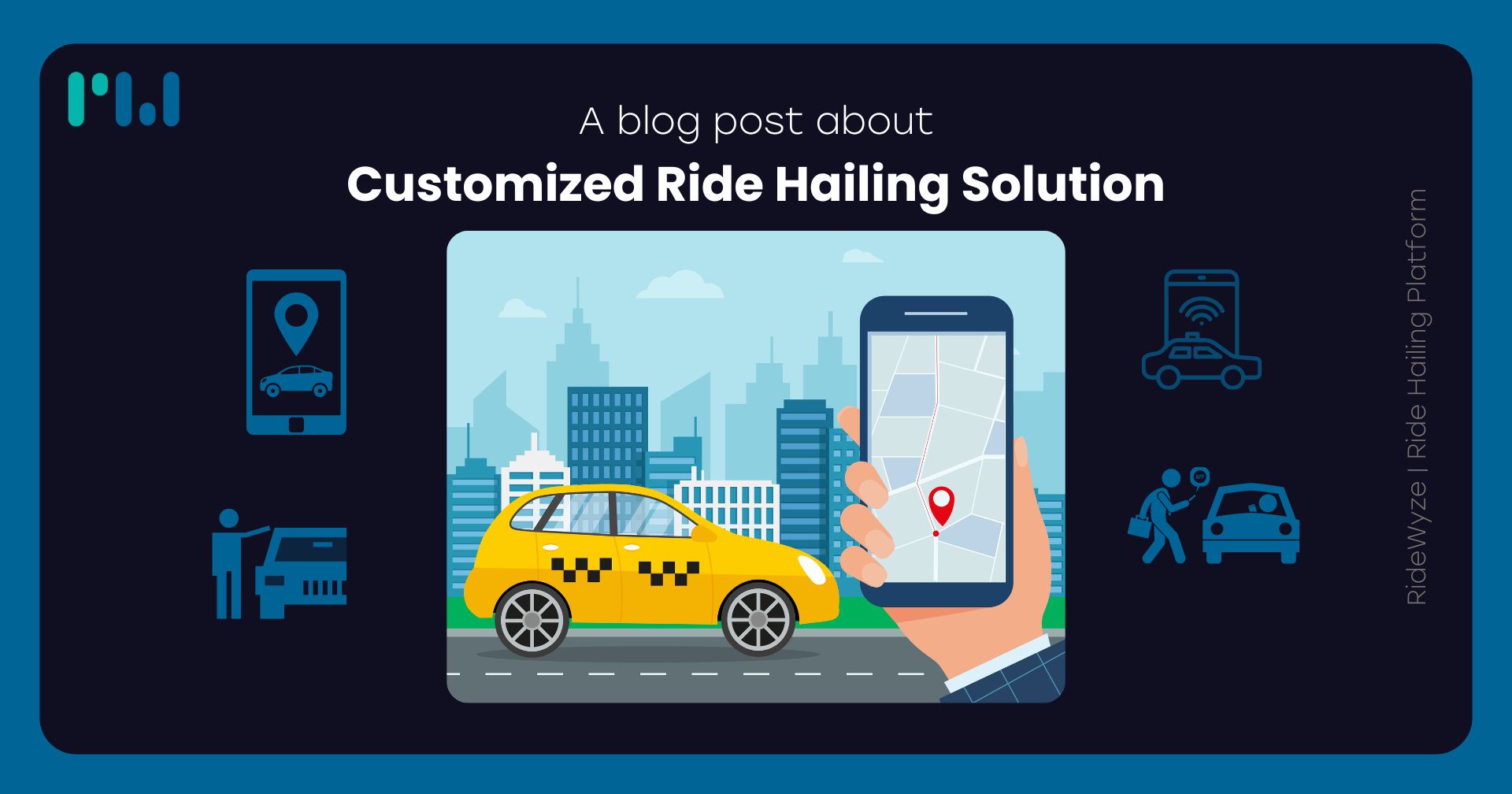
Article
Customized Ride Hailing Solution
Discover tailored ride-hailing solutions designed to meet unique business needs, enhancing efficiency and user experience.
Oct 10, 2024 · 6 min read
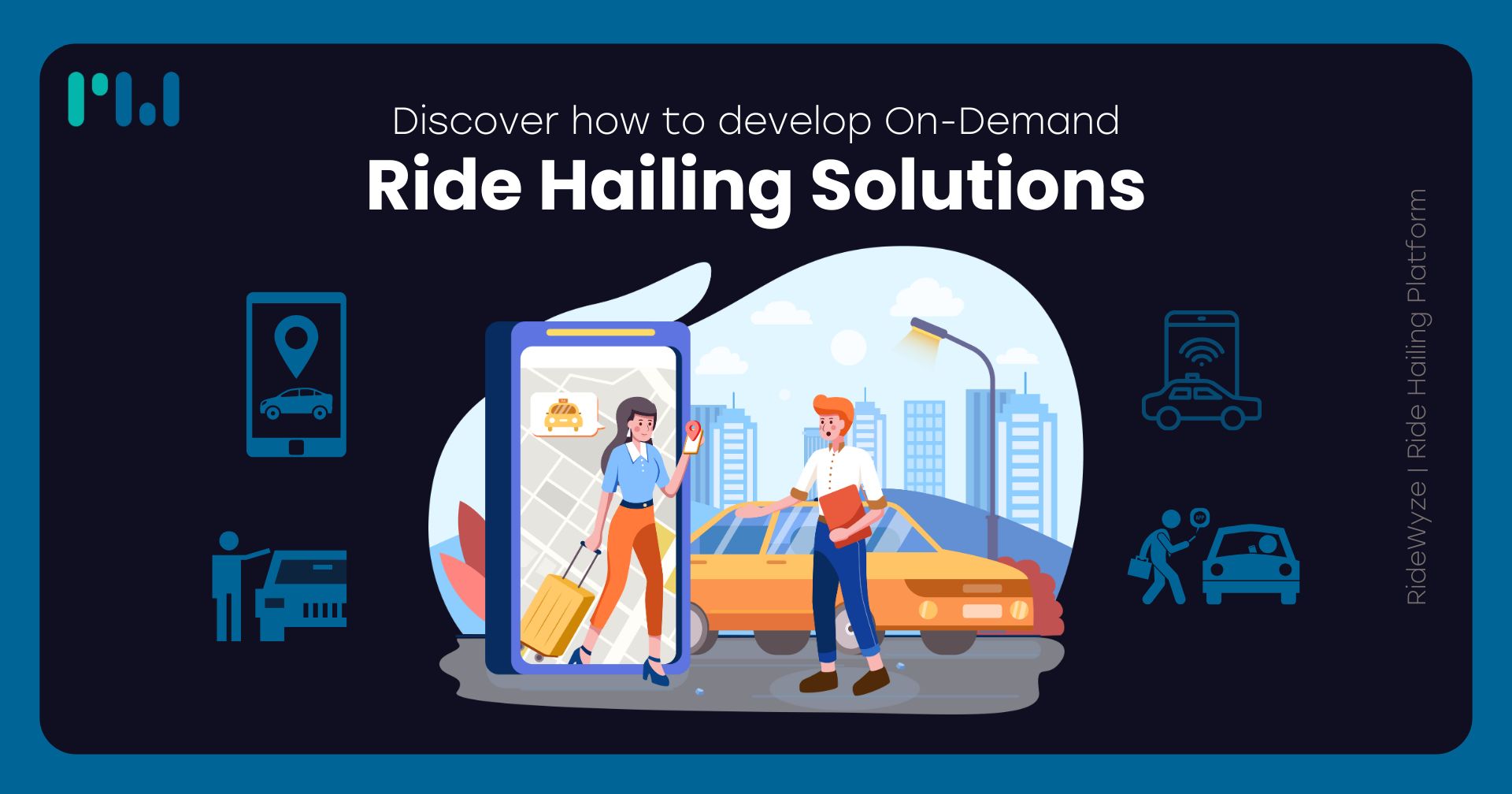
Article
On-Demand Ride Hailing Solutions
Discover flexible on-demand ride-hailing solutions to enhance your transportation services. Learn how to streamline your operations today!
Oct 15, 2024 · 6 min read
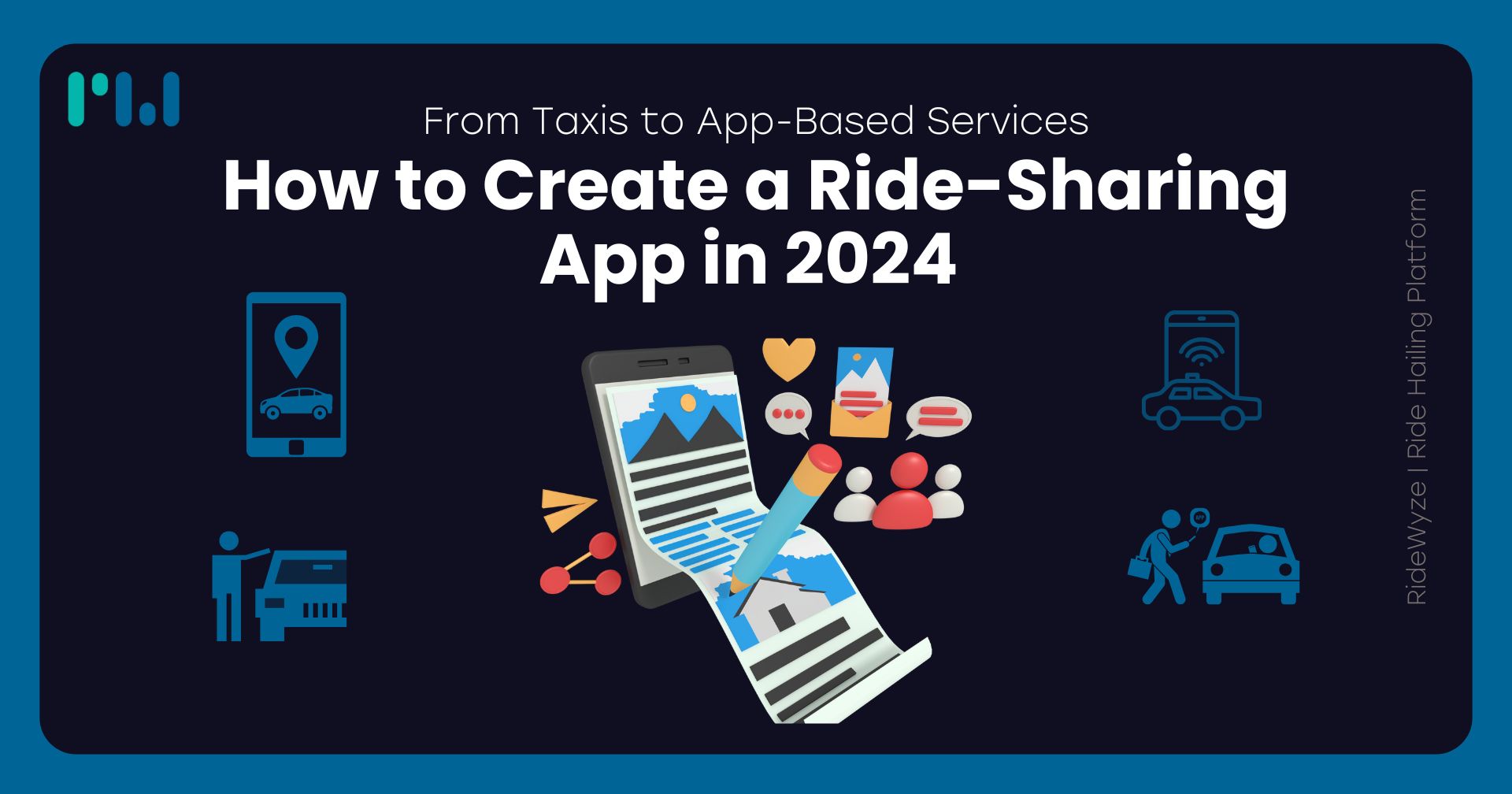
Article
How to Create a Ride-Sharing App in 2024
Learn the step-by-step process to create a successful ride-sharing app in 2024, from planning to development and launch.
Oct 16, 2024 · 6 min read
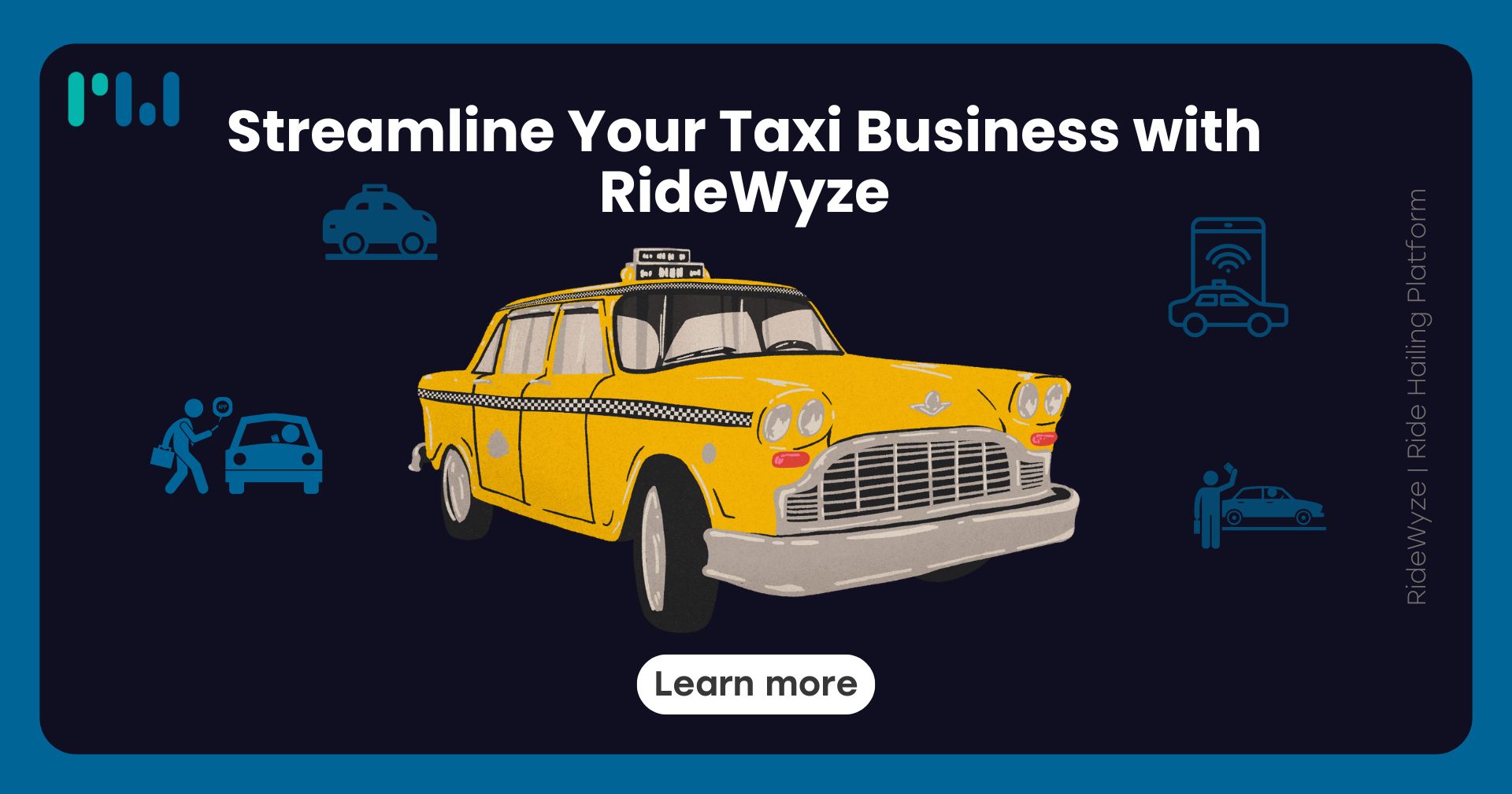
Article
Streamline Your Taxi Business with RideWyze
Optimize your taxi business with RideWyze’s efficient platform, offering seamless management and enhanced customer experience.
Oct 17, 2024 · 6 min read
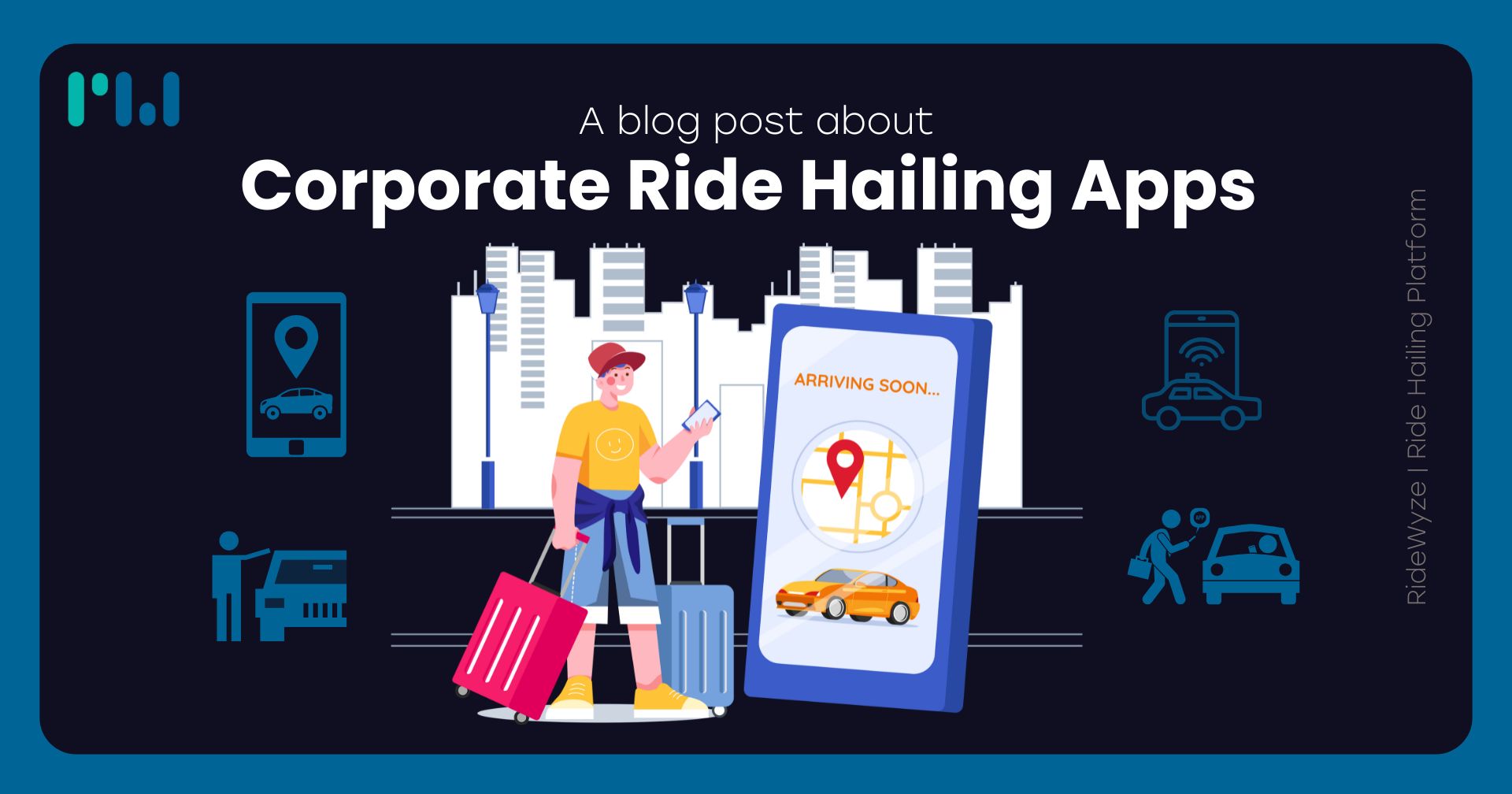
Article
Corporate Ride Hailing Apps
Discover the benefits of corporate ride-hailing apps for businesses, offering cost-effective and efficient transportation solutions for employees.
Oct 22, 2024 · 6 min read
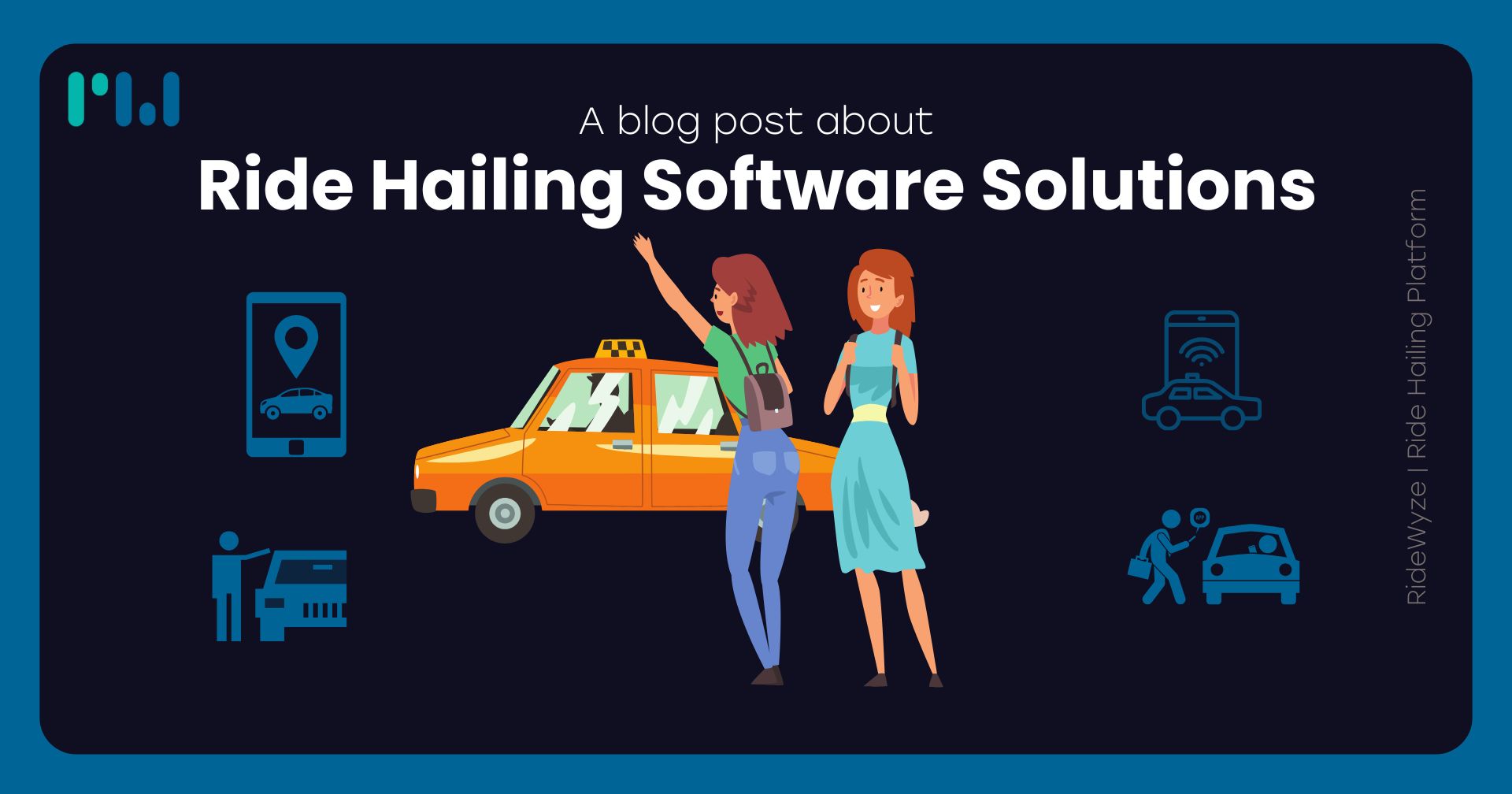
Article
Ride Hailing Software Solutions
Explore advanced ride-hailing software solutions that streamline bookings, tracking, and payments for seamless transit.
Oct 25, 2024 · 6 min read
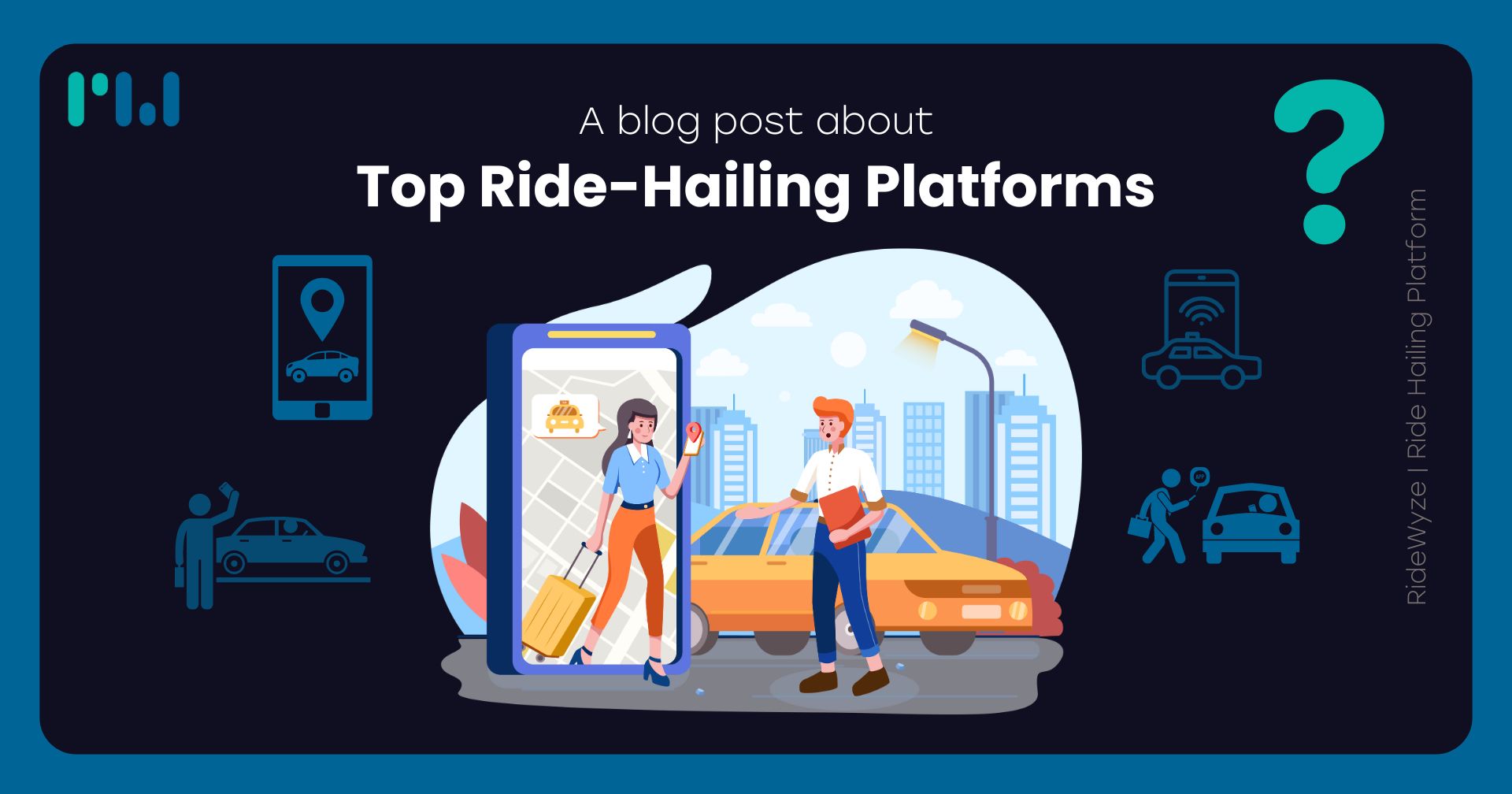
Article
The Future of Ride Hailing
Explore emerging trends in ride-hailing technology, from eco-friendly options to AI-driven experiences.
Oct 30, 2024 · 6 min read
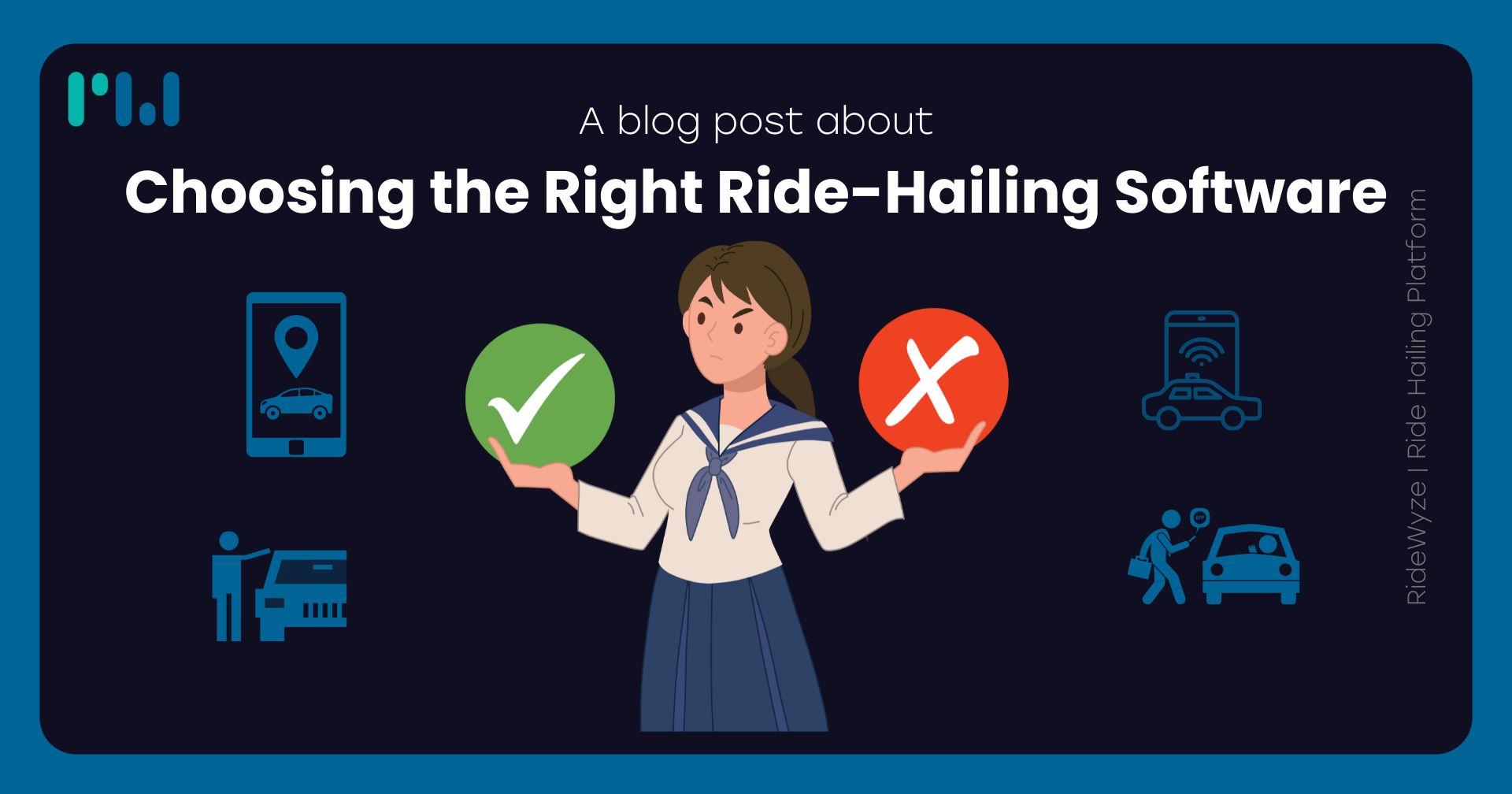
Article
Choosing the Right Ride-Hailing Software
Find out how to choose the best ride-hailing software to optimize operations and improve rider experience.
1 Nov, 2024 · 6 min read
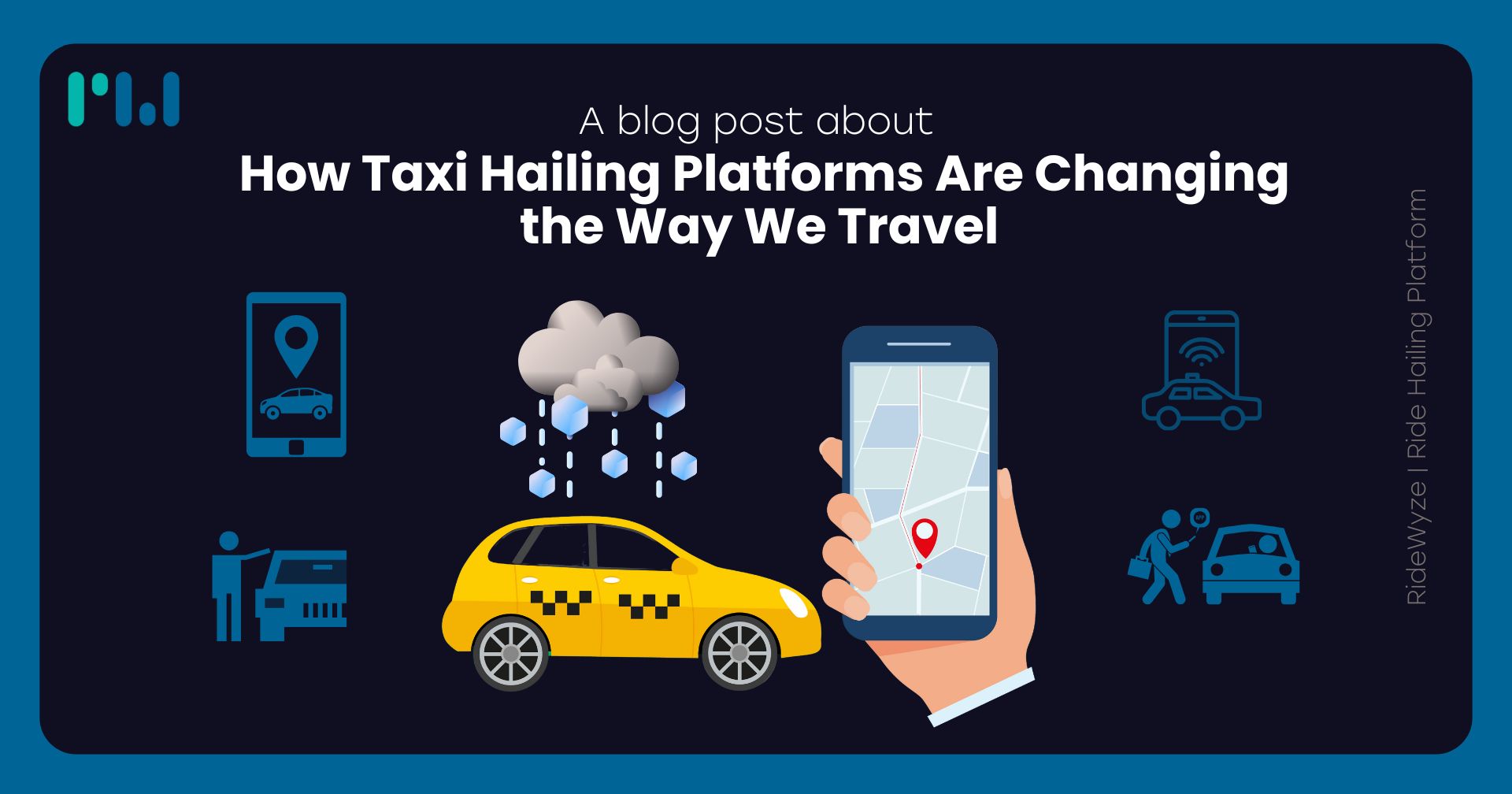
Article
How Taxi Hailing Platforms Are Changing the Way We Travel
Explore how taxi-hailing platforms are revolutionizing travel with convenience, real-time tracking, and ease.
5 Nov, 2024 · 6 min read
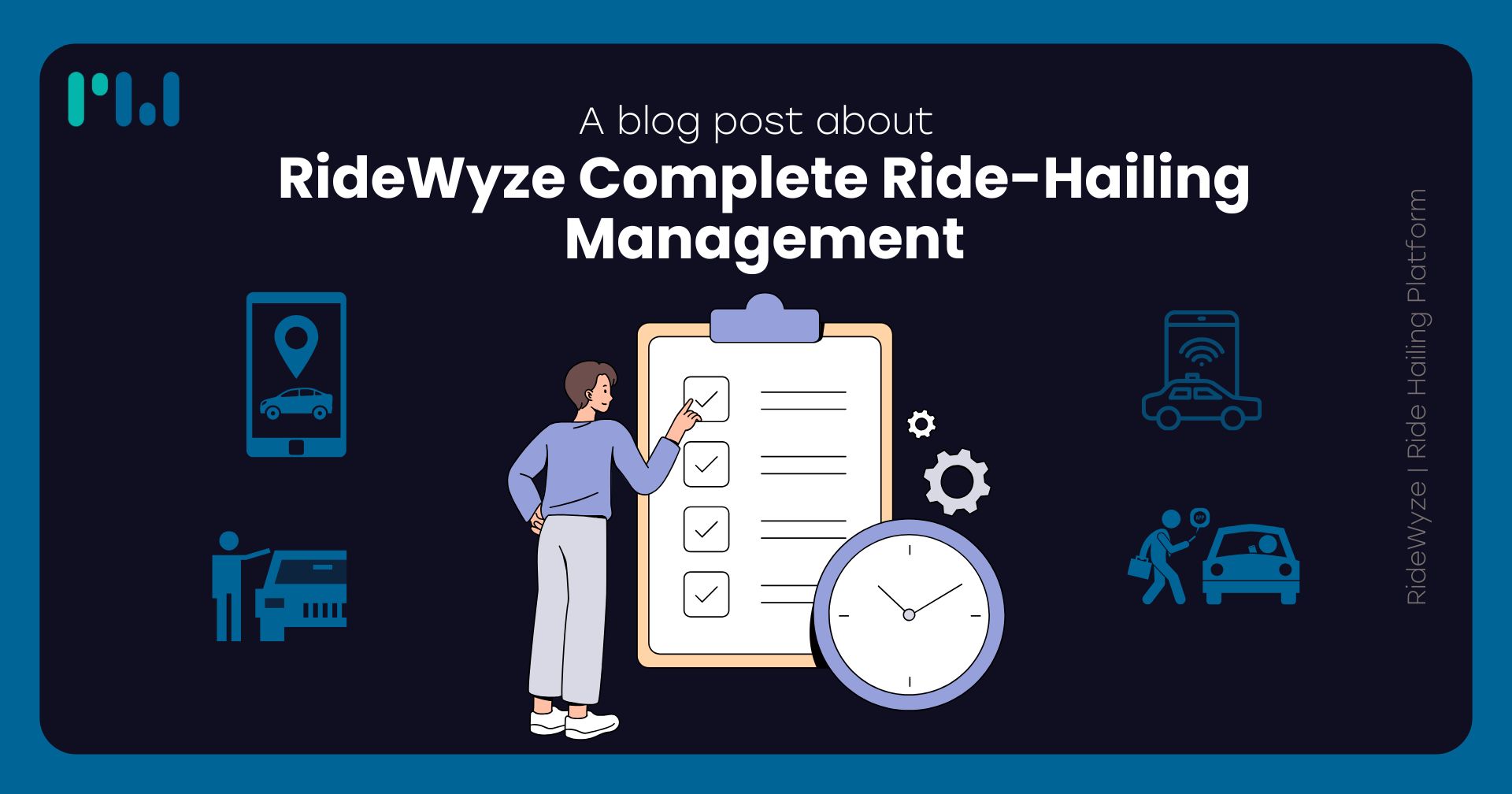
Article
RideWyze Complete Ride-Hailing Management
Streamline your ride-hailing operations with RideWyze’s comprehensive tools for efficient booking and fleet management.
7 Nov, 2024 · 6 min read
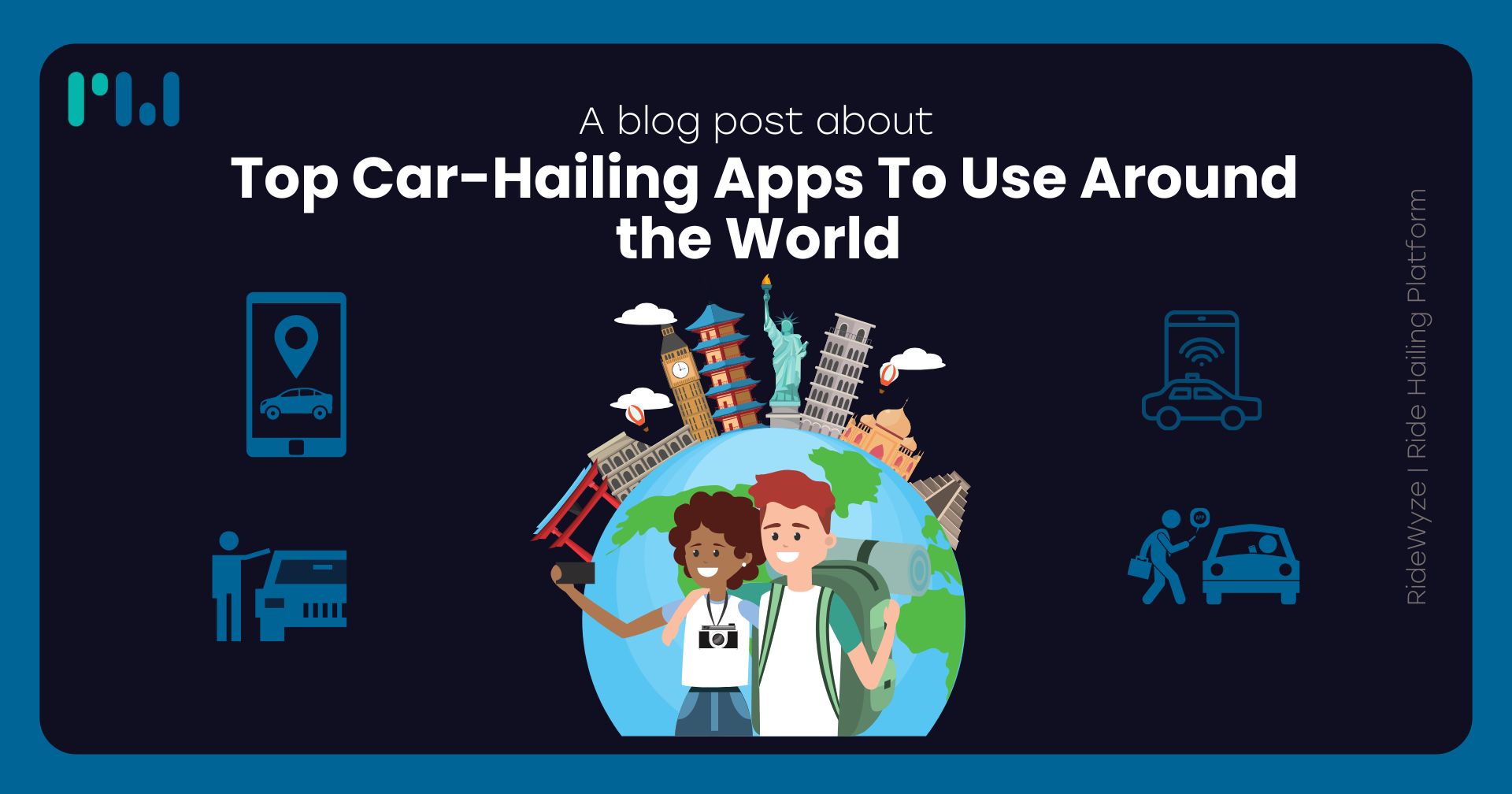
Article
Top Car-Hailing Apps To Use Around the World
Explore the best car-hailing apps worldwide for convenient, reliable, and seamless travel experiences.
11 Nov, 2024 · 6 min read
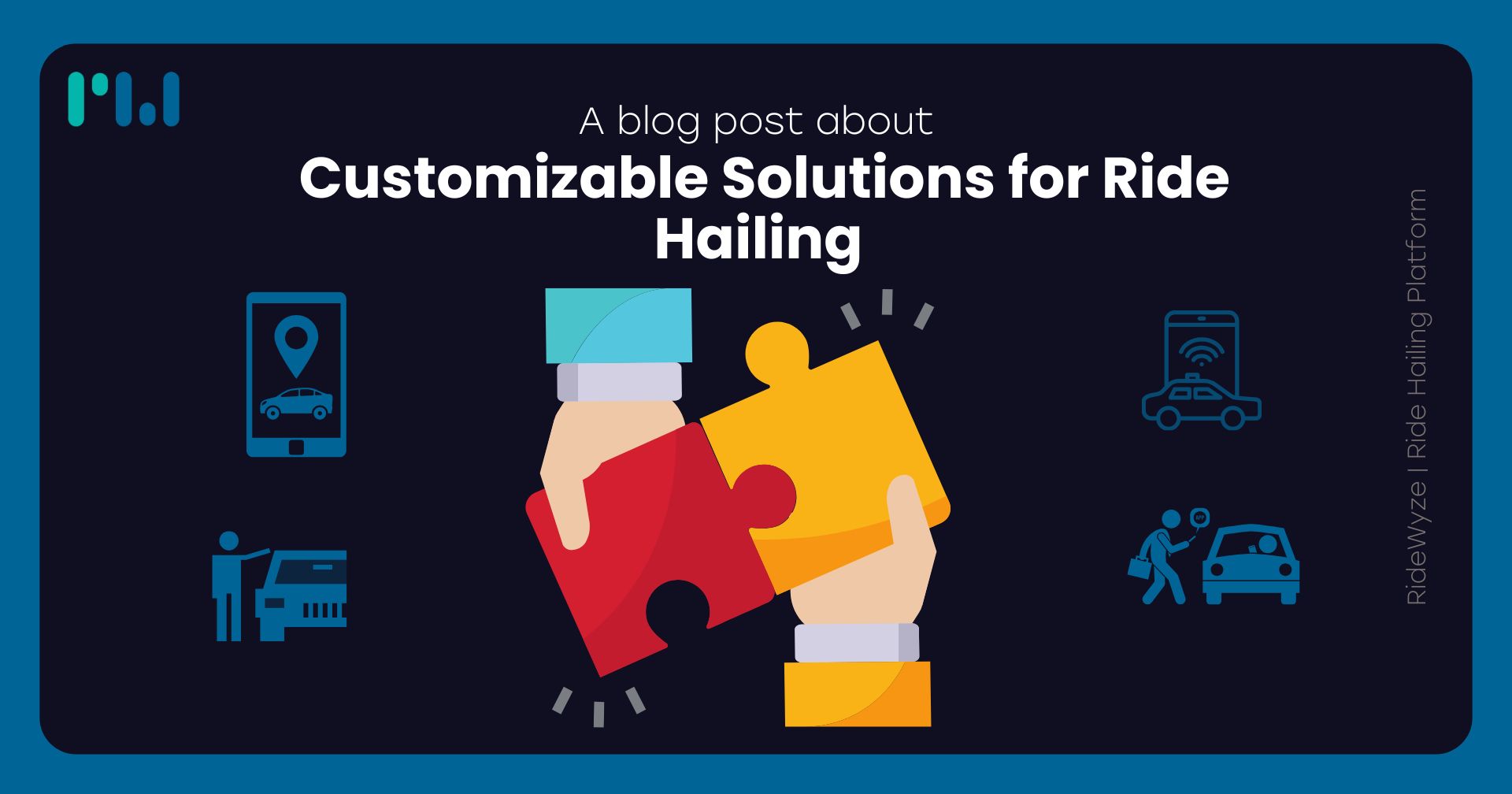
Article
Customizable Solutions for Ride Hailing
Explore flexible ride-hailing solutions tailored to meet your unique business needs and enhance user satisfaction.
18 Nov, 2024 · 6 min read
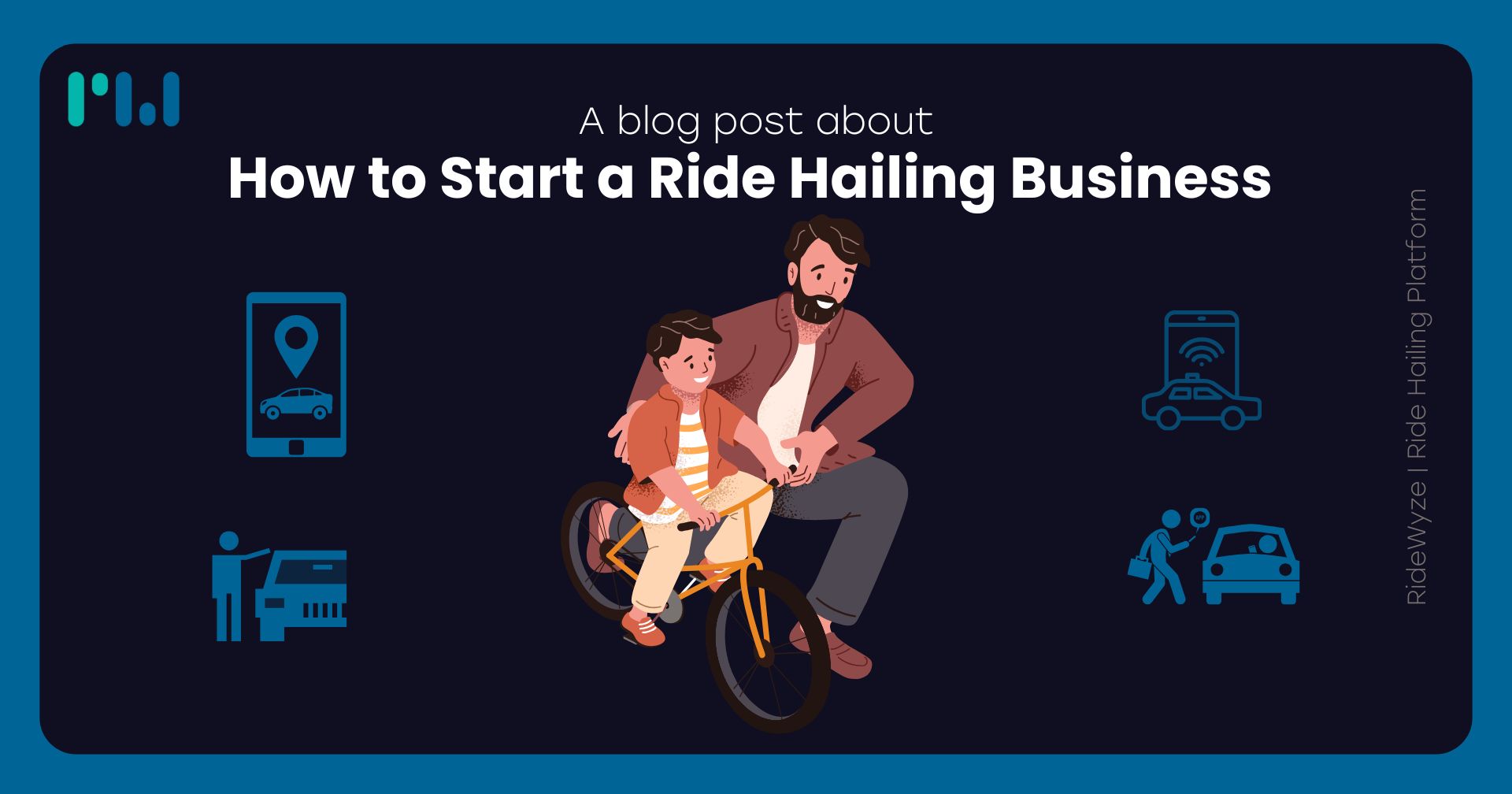
Article
How to Start a Ride Hailing Business
Learn the steps to launch a successful ride-hailing business, from planning and licensing to app development.
20 Nov, 2024 · 6 min read
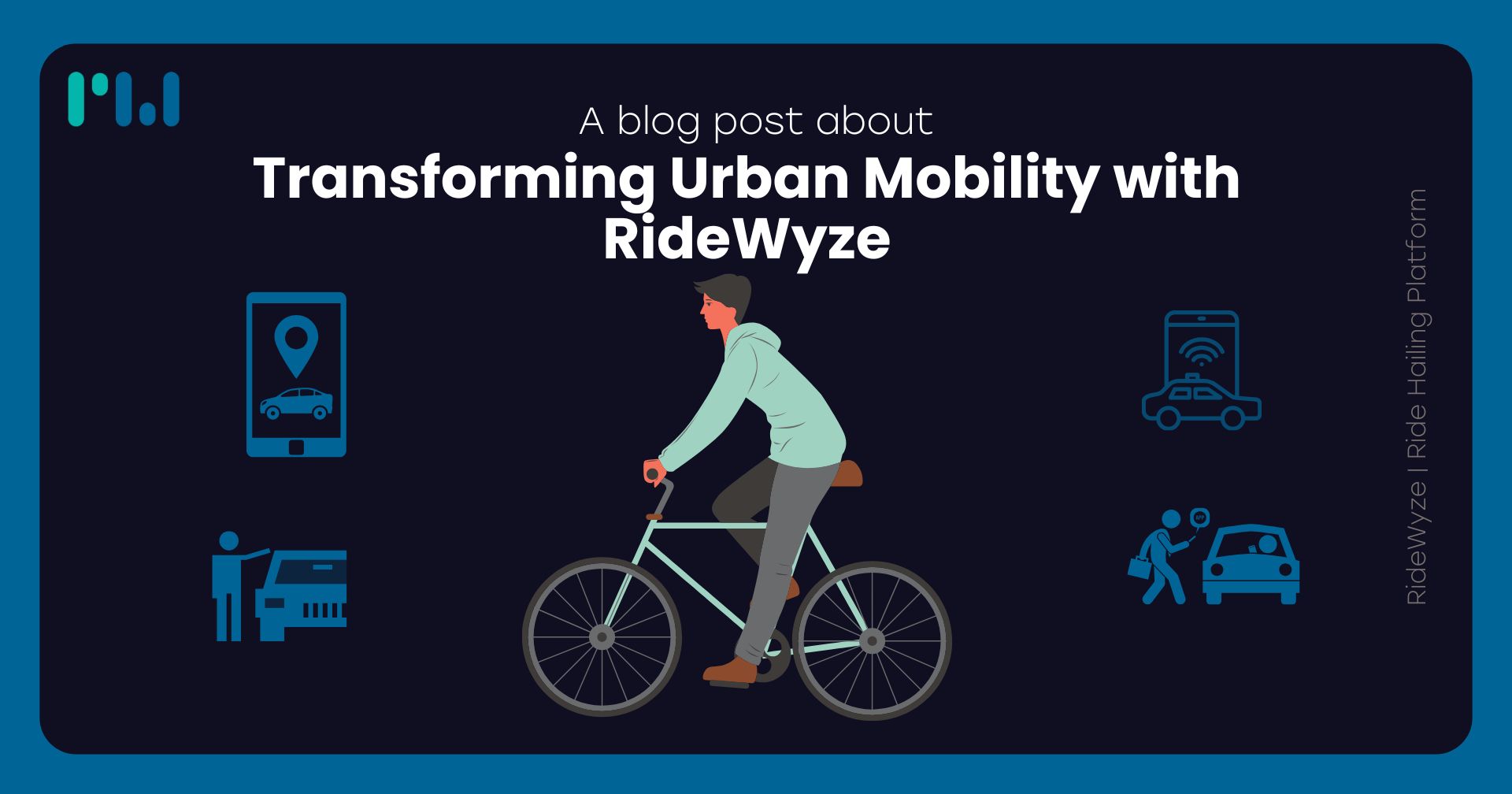
Article
Transforming Urban Mobility with RideWyze
Discover how RideWyze revolutionizes urban mobility with seamless ride-hailing solutions and smart technology.
25 Nov, 2024 · 6 min read
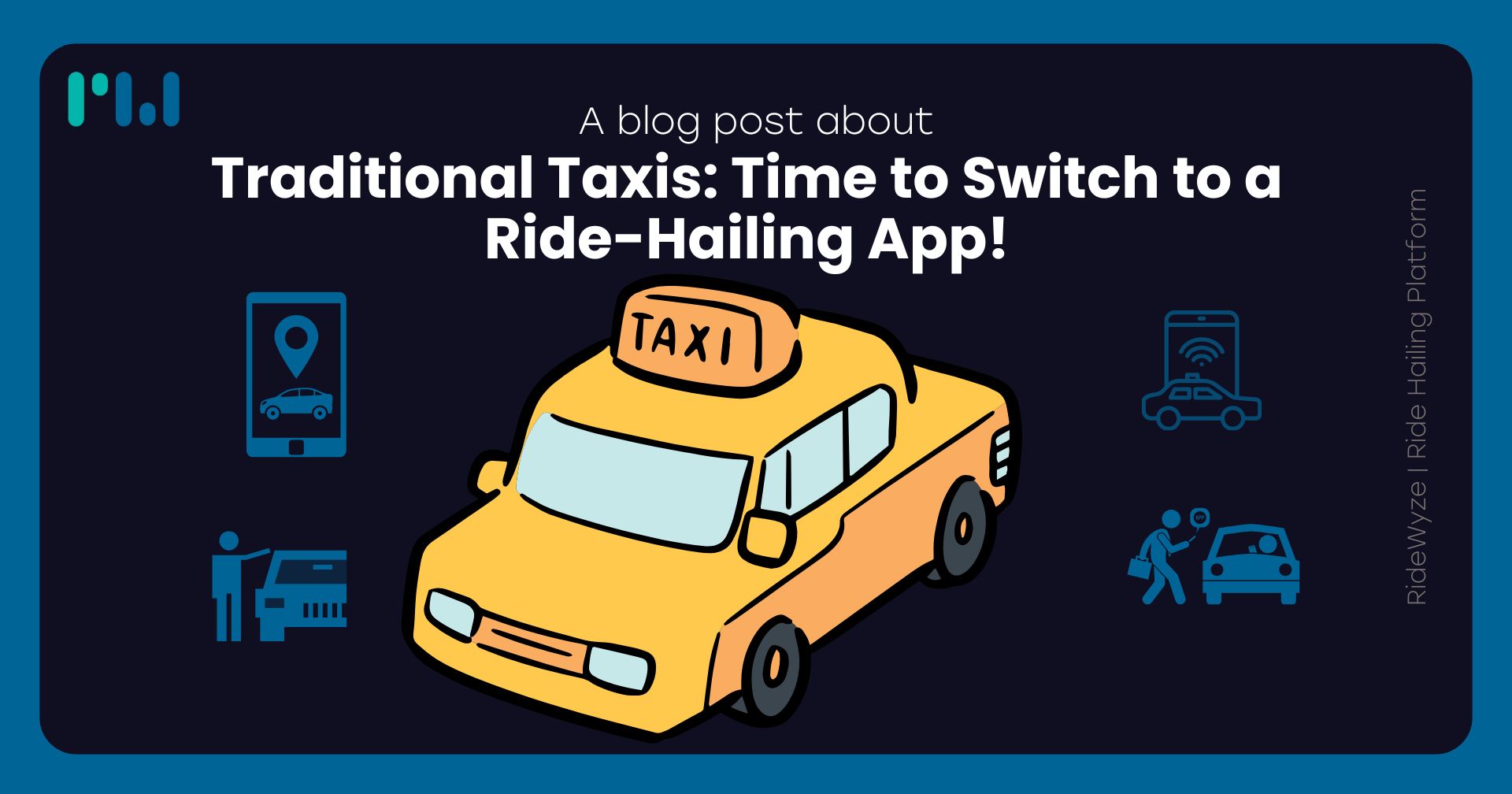
Article
Traditional Taxis: Time to Switch to a Ride-Hailing App!
Explore why ride-hailing apps are a smarter, more convenient alternative to traditional taxis in today’s fast-paced world.
28 Nov, 2024 · 6 min read
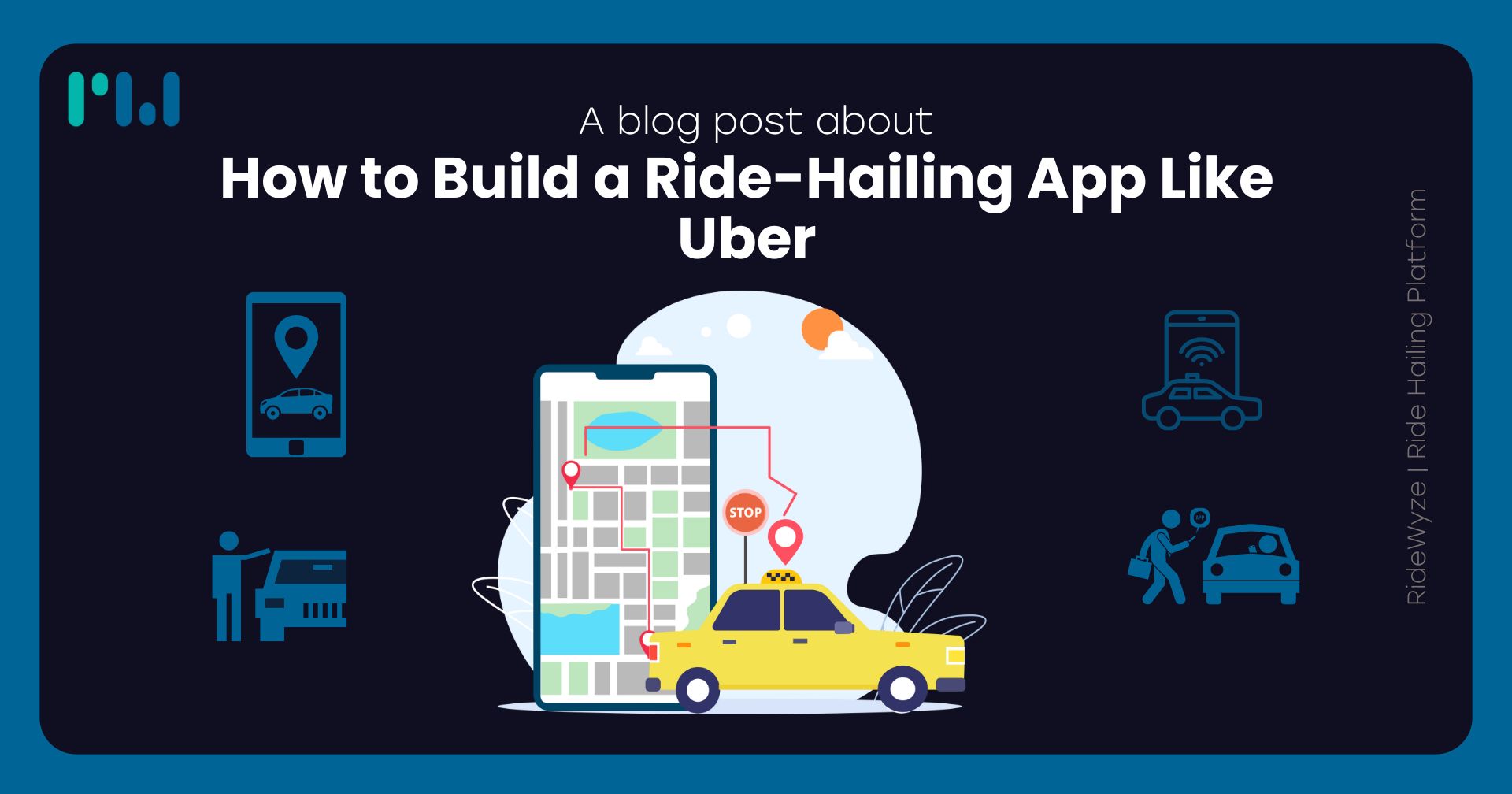
Article
How to Build a Ride-Hailing App Like Uber
Learn the key steps, features, and technology needed to create a successful ride-hailing app like Uber.
29 Nov, 2024 · 6 min read
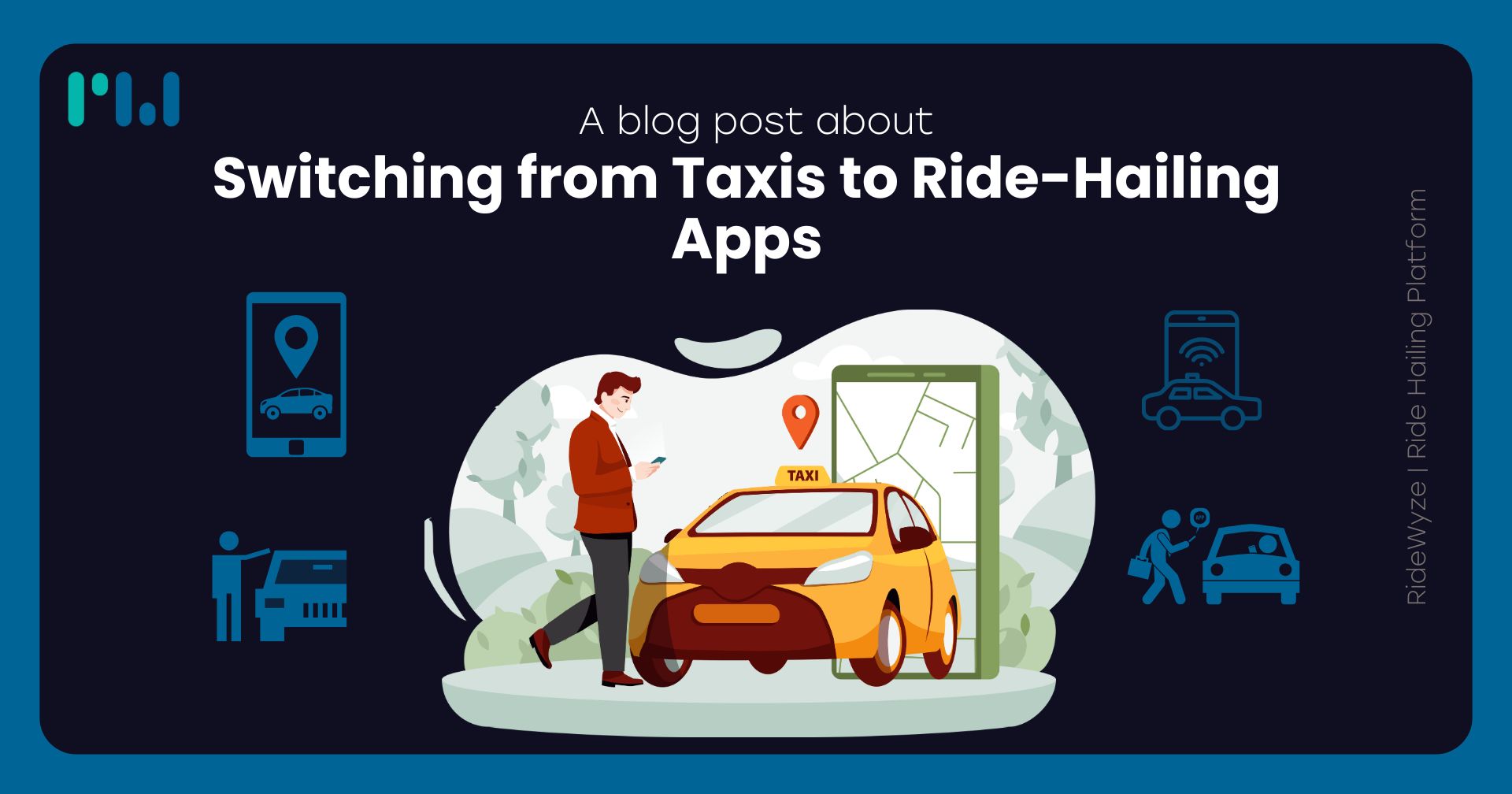
Article
Switching from Taxis to Ride-Hailing Apps
Learn why ride-hailing apps are transforming travel, offering convenience, affordability, and smarter navigation.
3 Dec, 2024 · 6 min read
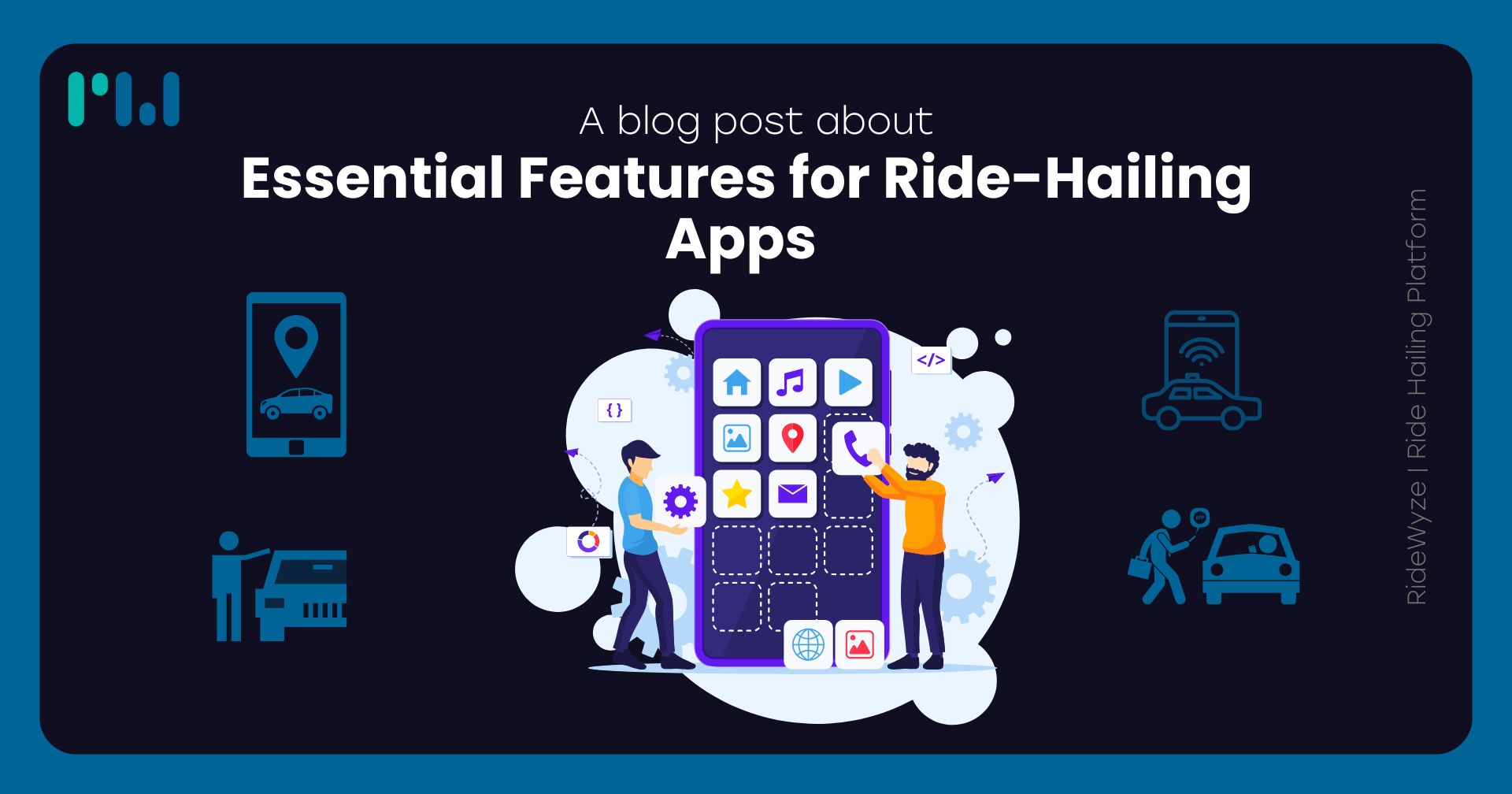
Article
Essential Features for Ride-Hailing Apps
Explore the must-have features for ride-hailing apps that enhance user experience and streamline operations.
6 Dec, 2024 · 6 min read
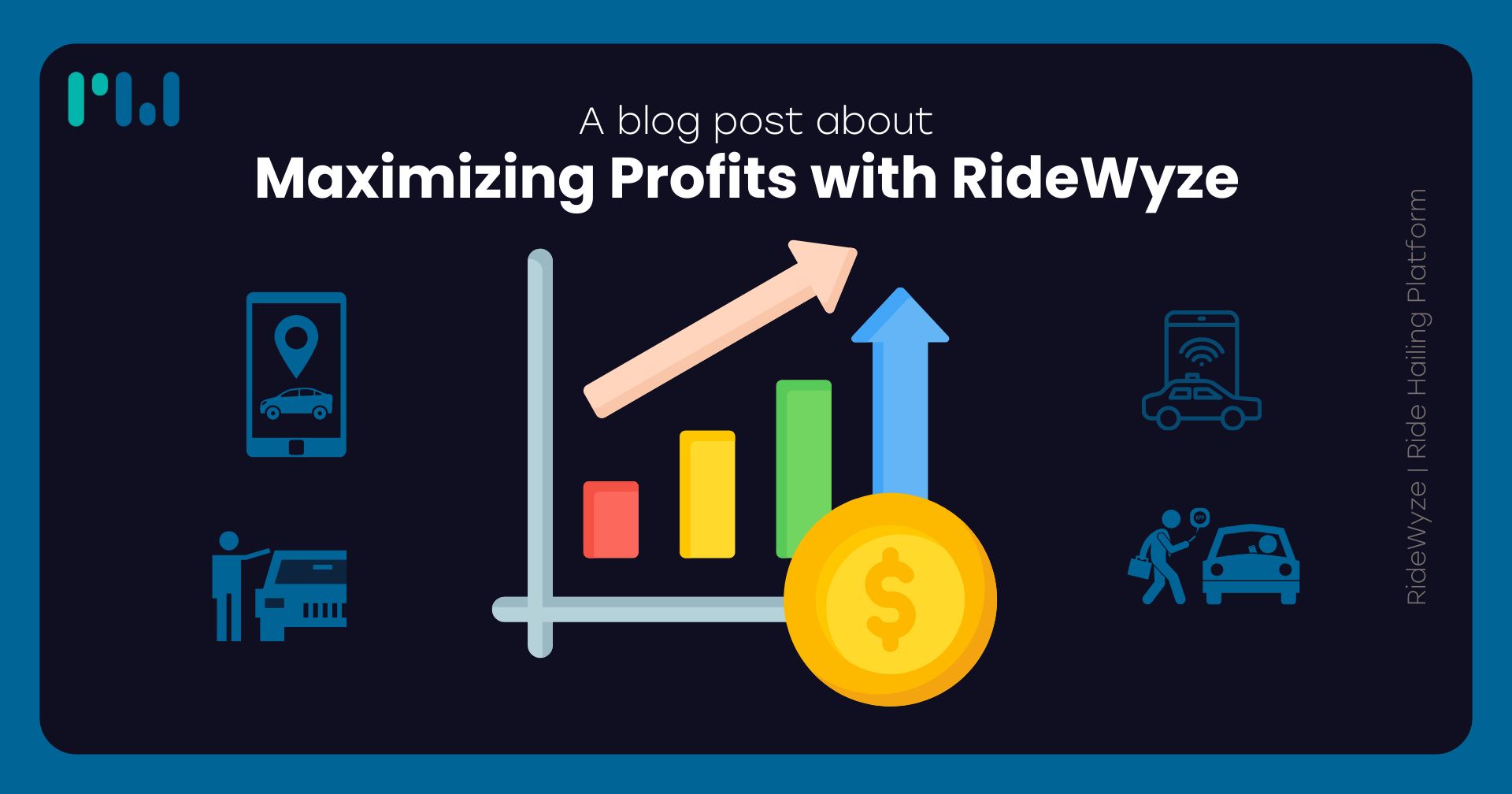
Article
Maximizing Profits with RideWyze
Optimize your ride-hailing business with RideWyze's smart solutions, boosting efficiency and increasing revenue.
11 Dec, 2024 · 6 min read
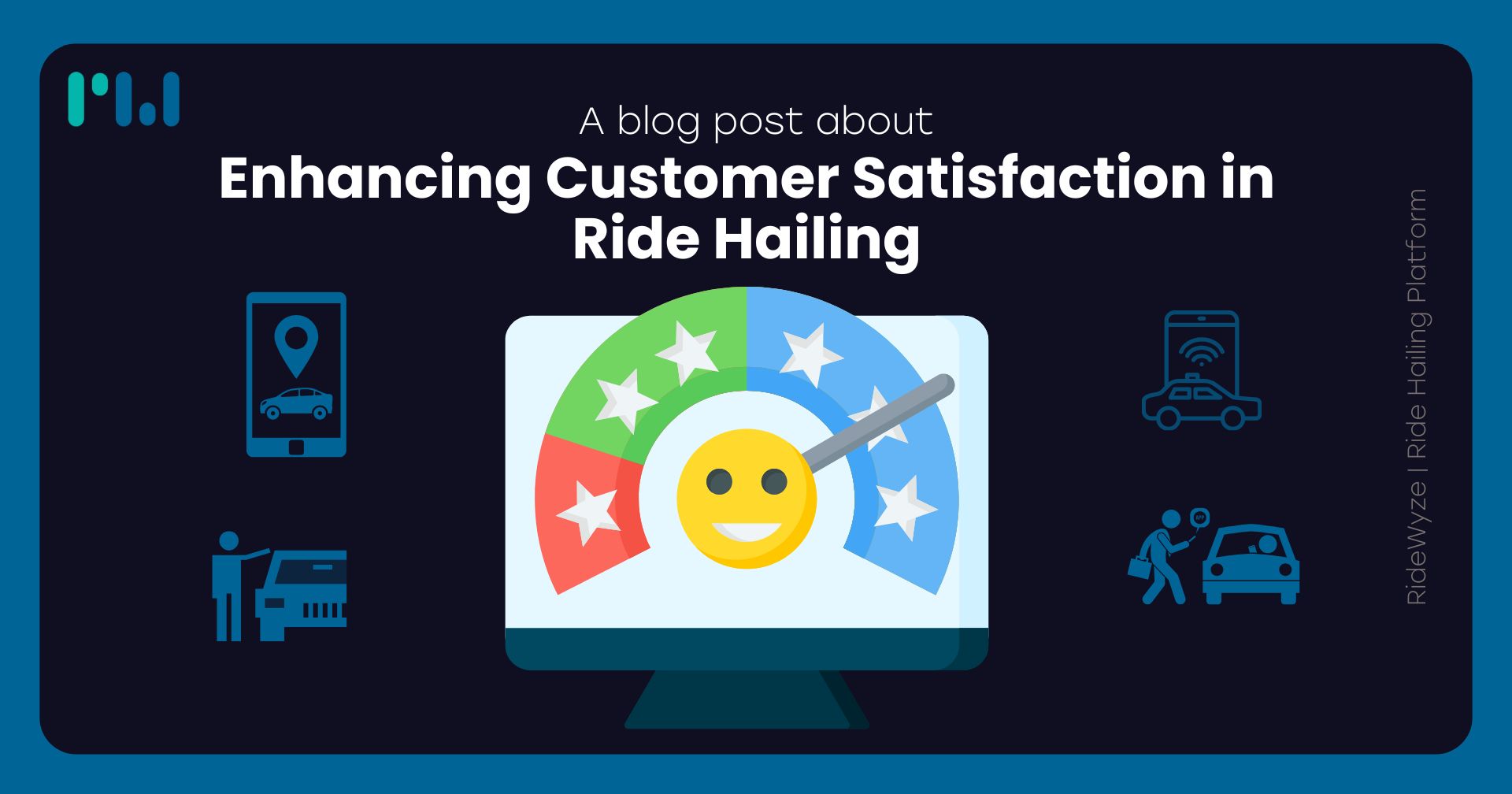
Article
Enhancing Customer Satisfaction in Ride Hailing
Discover strategies to improve customer experiences and build loyalty in the competitive ride-hailing market.
13 Dec, 2024 · 6 min read
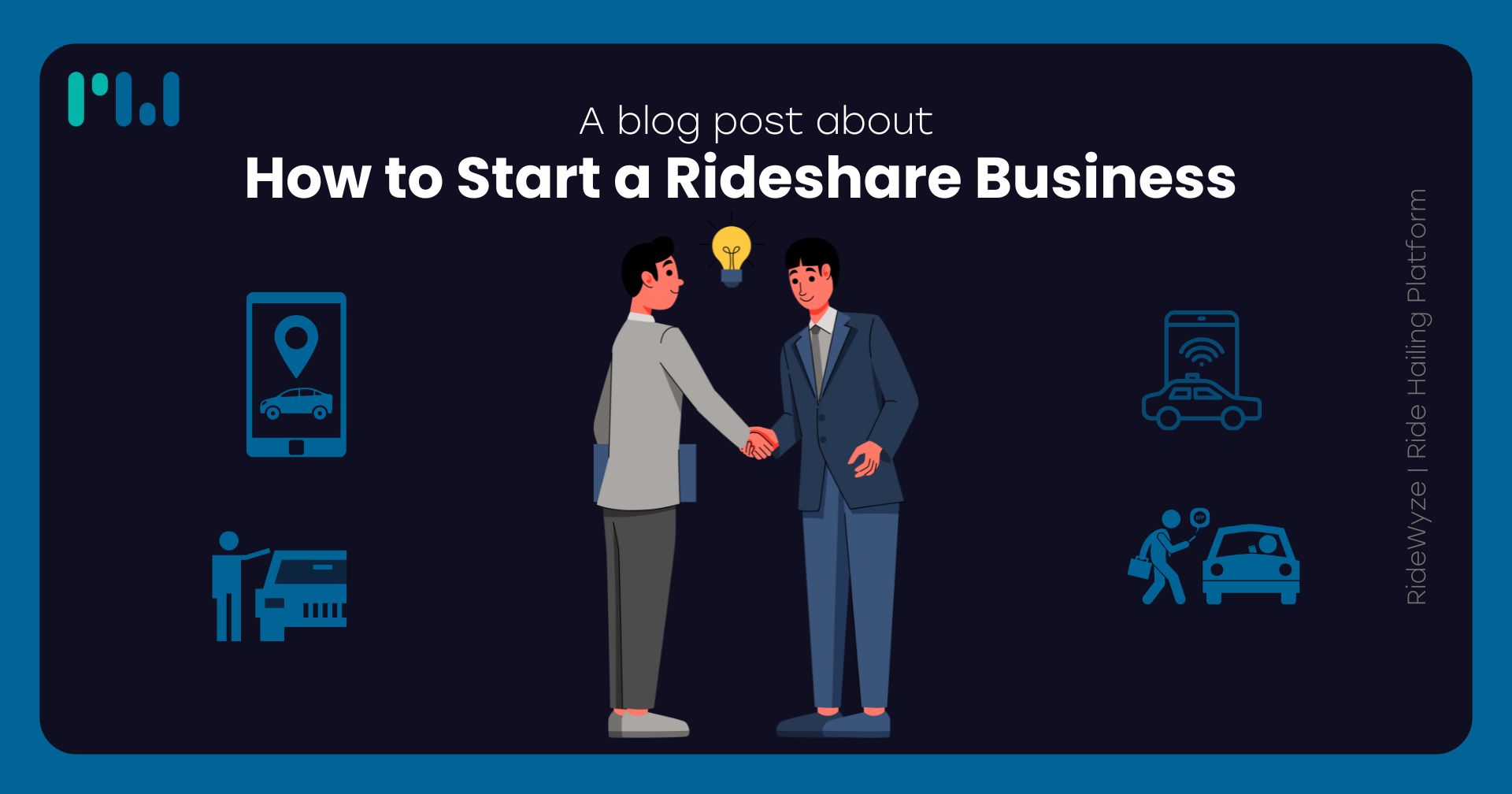
Article
How to Start a Rideshare Business
Learn the essential steps to launch your rideshare business, from planning to implementation.
16 Dec, 2024 · 6 min read
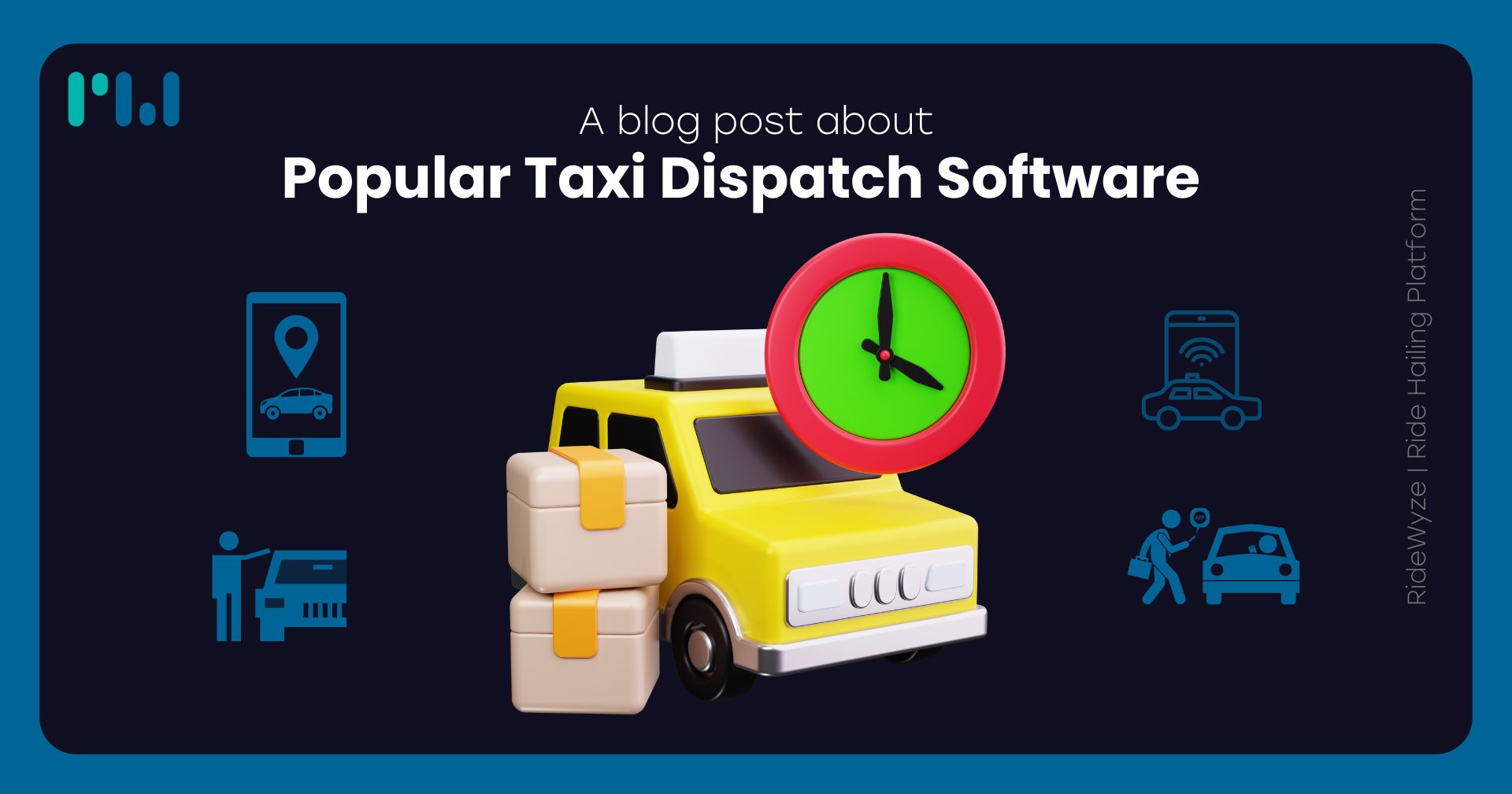
Article
Popular Taxi Dispatch Software
Discover top taxi dispatch software solutions that enhance fleet management, improve efficiency, and streamline operations.
18 Dec, 2024 · 6 min read
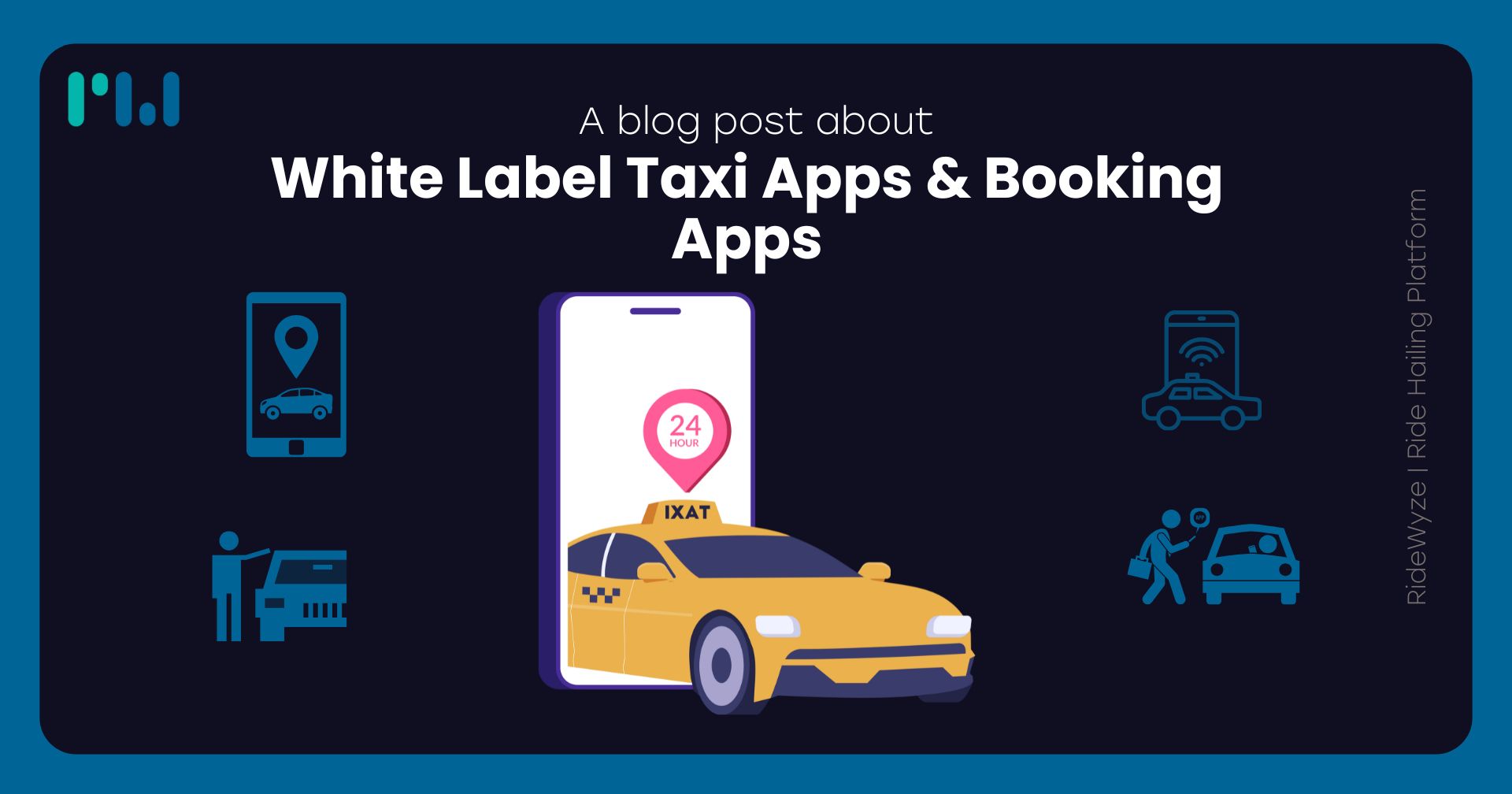
Article
White Label Taxi Apps & Booking Apps
Discover white-label taxi and booking apps that offer seamless ride management and brand customization for businesses.
19 Dec, 2024 · 6 min read
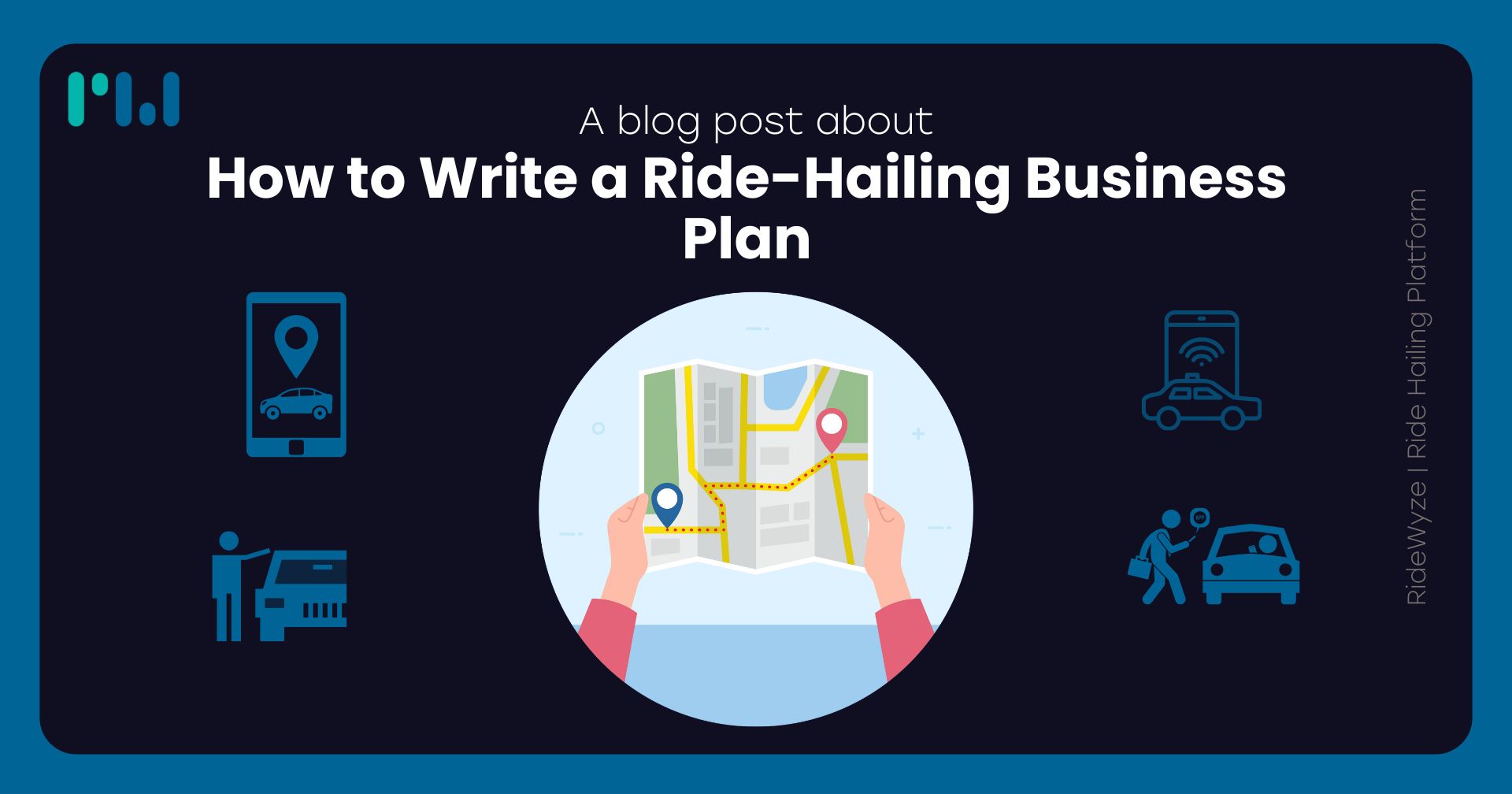
Article
How to Write a Ride-Hailing Business Plan
Learn step-by-step how to craft a comprehensive business plan for a successful ride-hailing venture, from market research to financial projections.
23 Dec, 2024 · 6 min read
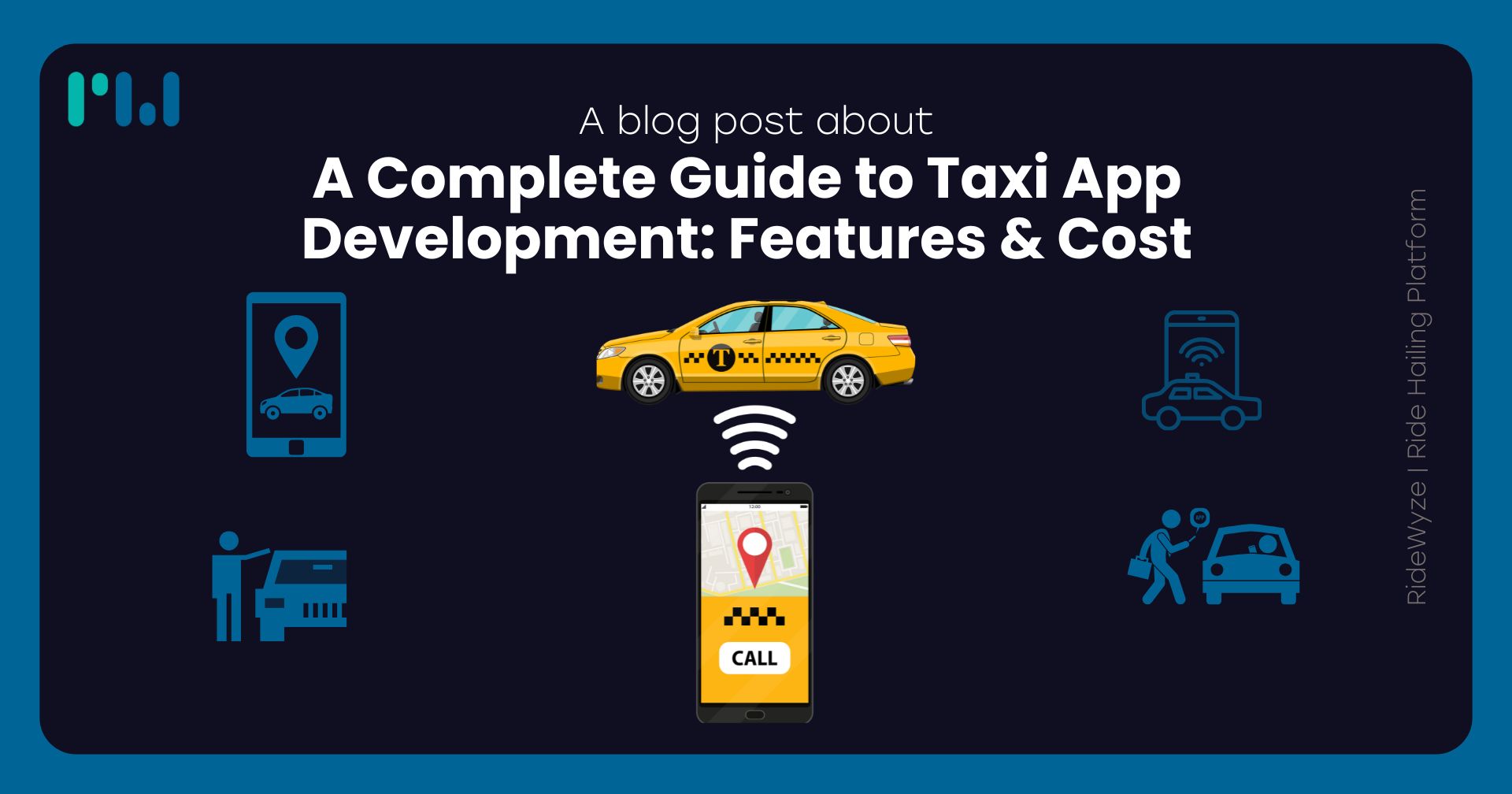
Article
A Complete Guide to Taxi App Development: Features & Cost
Discover everything you need to know about taxi app development, including essential features, cost breakdown, and tips for success.
30 Dec, 2024 · 6 min read

Article
How to Build Ride-Hailing App like Bolt?
Learn the step-by-step process to develop a ride-hailing app like Bolt, including features, tech stack, and cost estimation.
1 Jan, 2025 · 6 min read
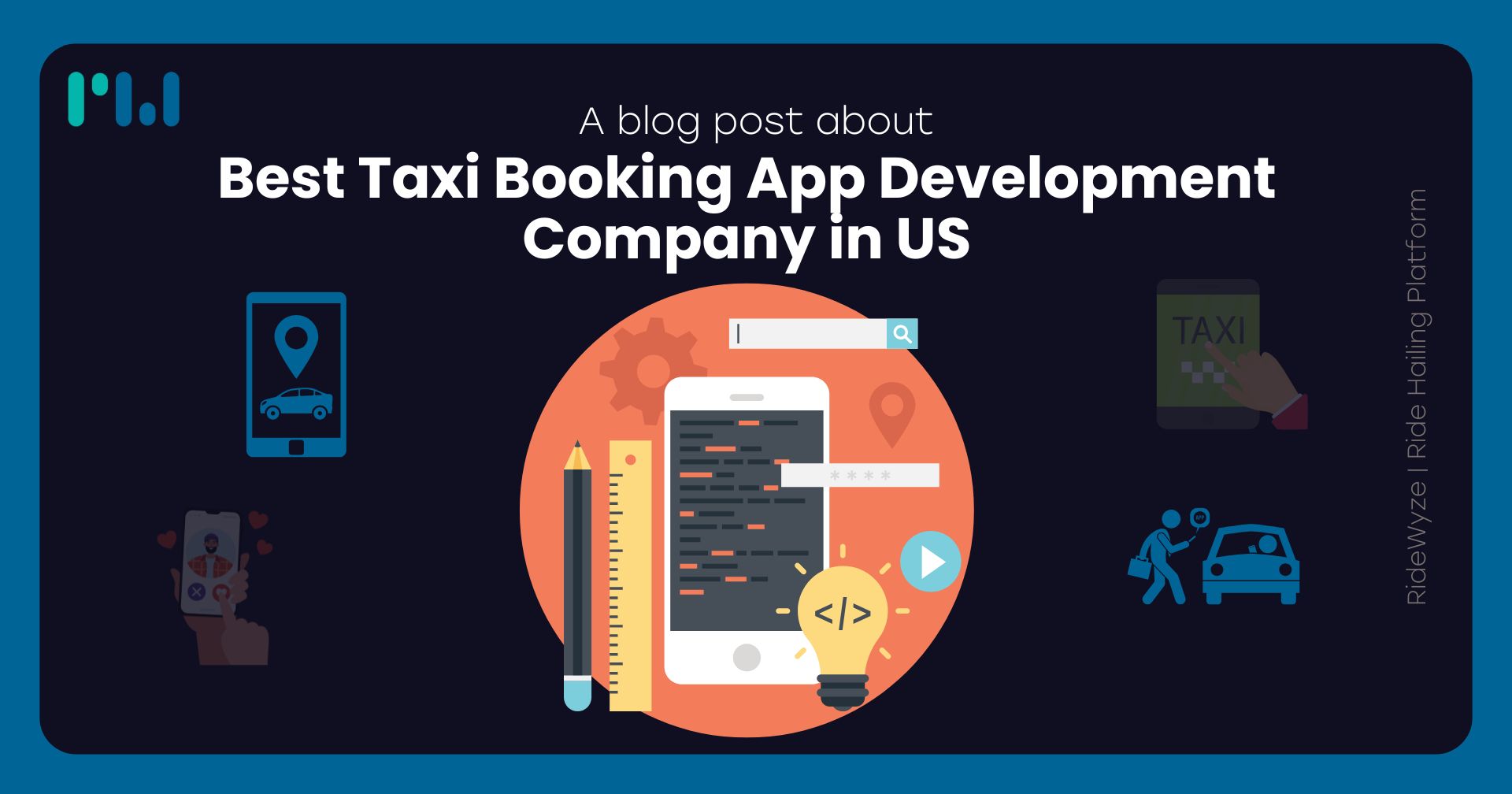
Article
Best Taxi Booking App Development Company in US
Discover the top taxi booking app development companies in the US offering innovative and scalable solutions.
9 Jan, 2025 · 6 min read
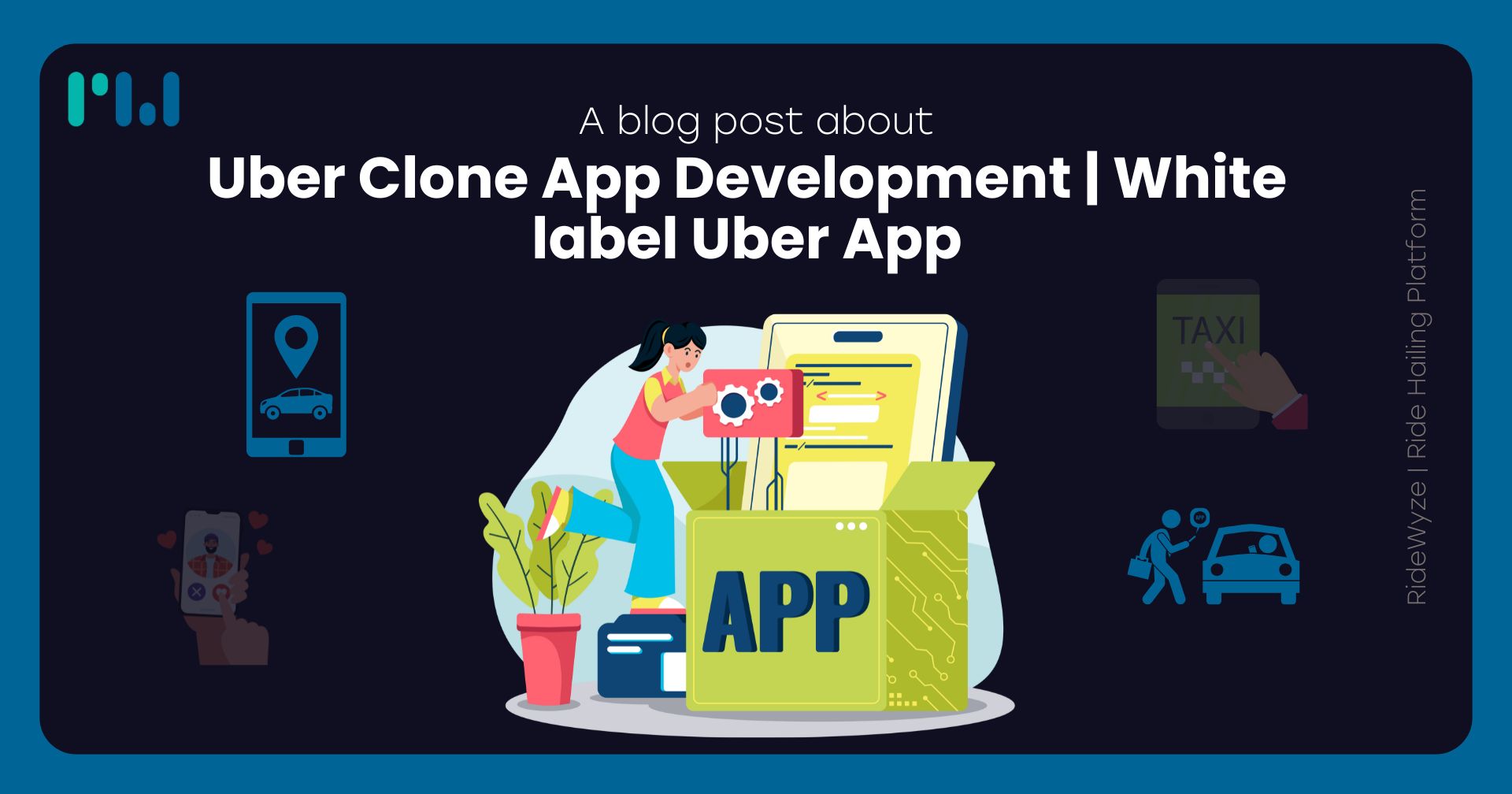
Article
Uber Clone App Development
Launch your own ride-hailing business with a customizable and scalable Uber clone app. Our whitelabel Uber app solutions are tailored to meet your unique business needs.
14 Jan, 2025 · 6 min read
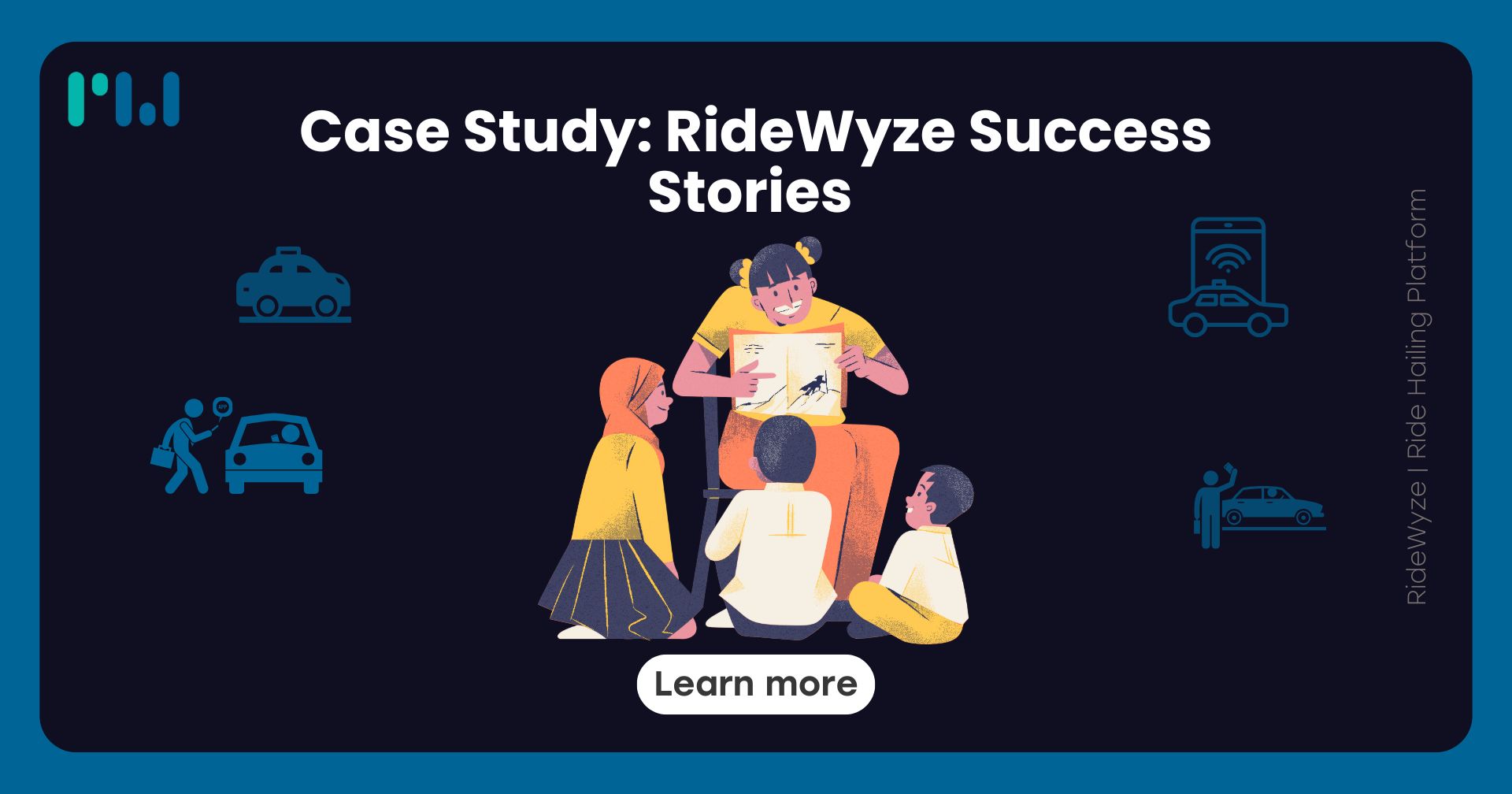
Article
Case Study: RideWyze Success Stories
Discover how RideWyze has revolutionized the ride-hailing industry with real-world success stories from businesses worldwide.
16 Jan, 2025 · 6 min read

Article
How to Build Ride-Hailing App like Careem?
Discover the step-by-step process to create a ride-hailing app like Careem, including features, technology, and costs.
20 Jan, 2025 · 6 min read
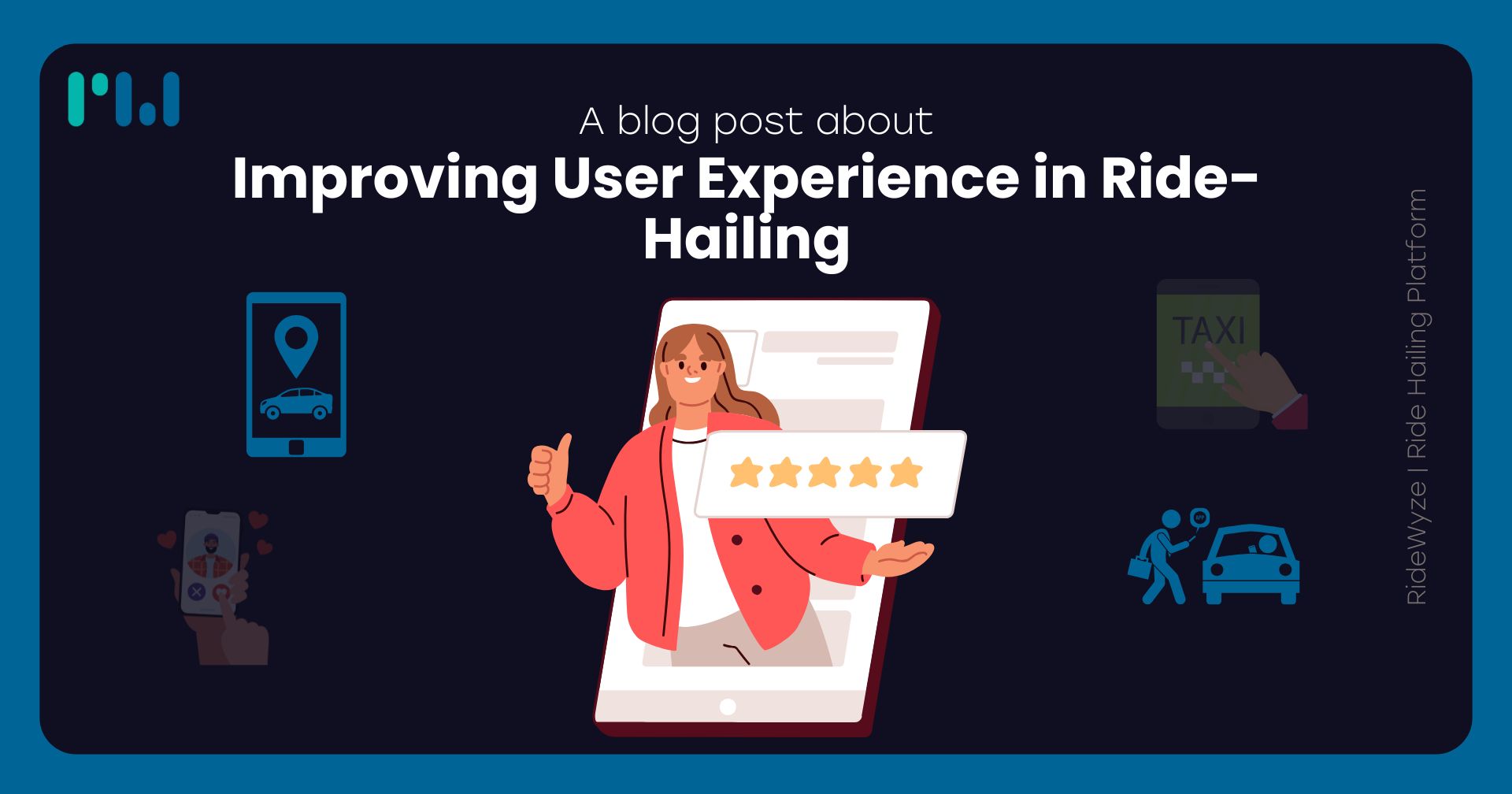
Article
Improving User Experience in Ride-Hailing
Explore innovative strategies and technologies to enhance customer satisfaction in ride-hailing services.
24 Jan, 2025 · 6 min read
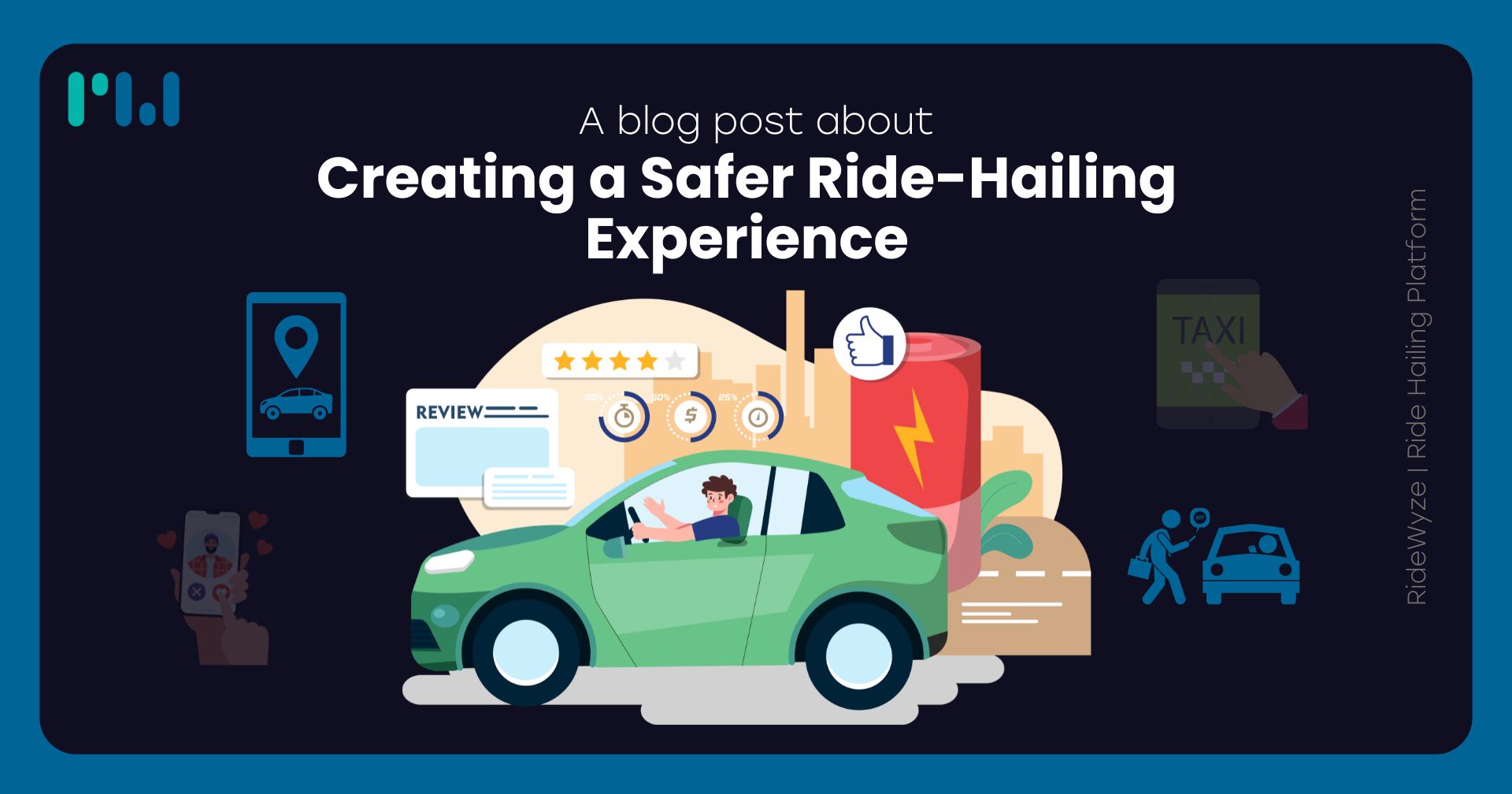
Article
Creating a Safer Ride-Hailing Experience
Explore essential safety measures and technological advancements that enhance security for both drivers and passengers in ride-hailing services.
31 Jan, 2025 · 6 min read
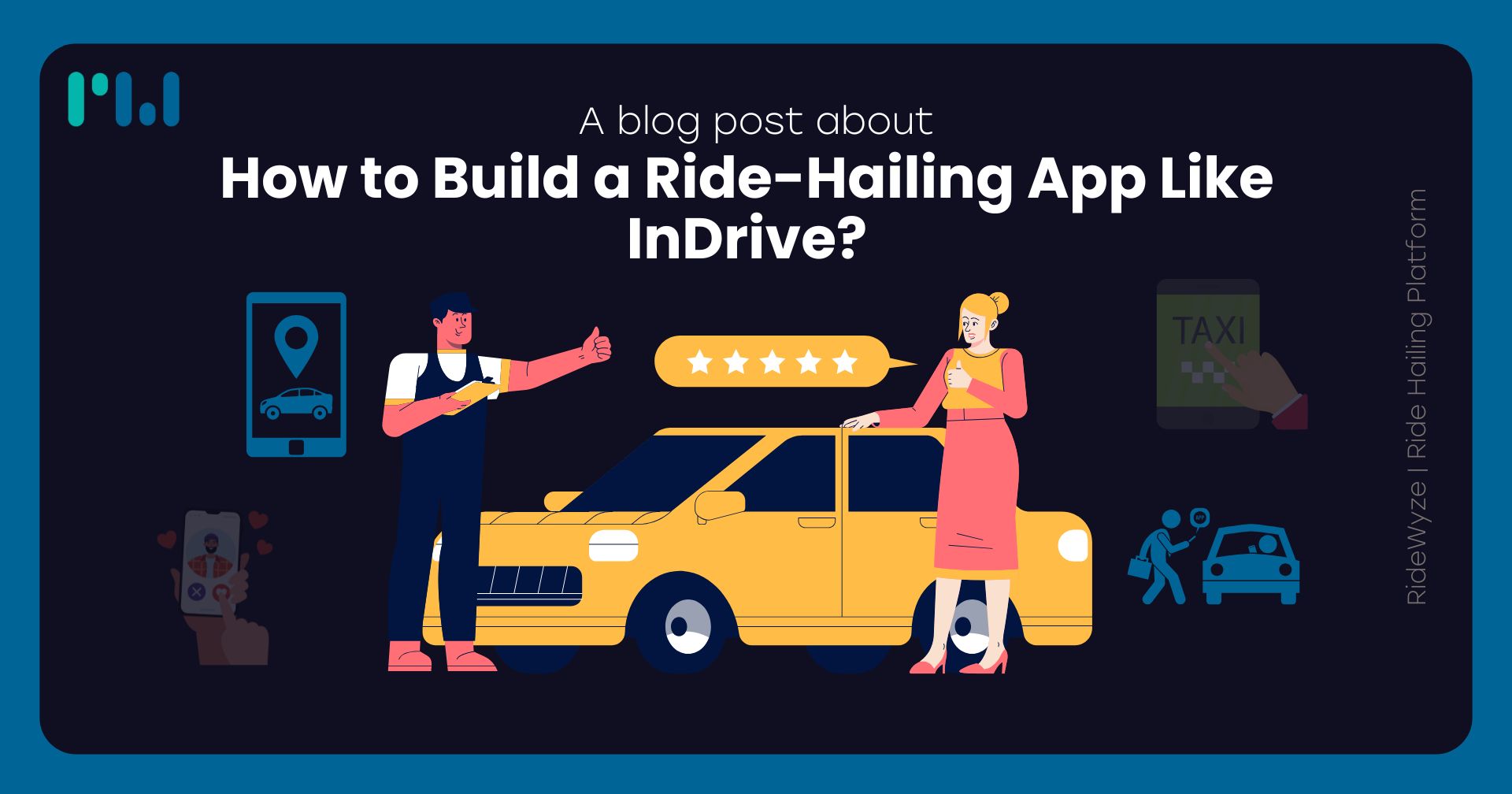
Article
How to Build a Ride-Hailing App Like InDrive?
Learn the essential steps, features, and technologies needed to develop a ride-hailing app like InDrive, from concept to launch.
5 Feb, 2025 · 6 min read
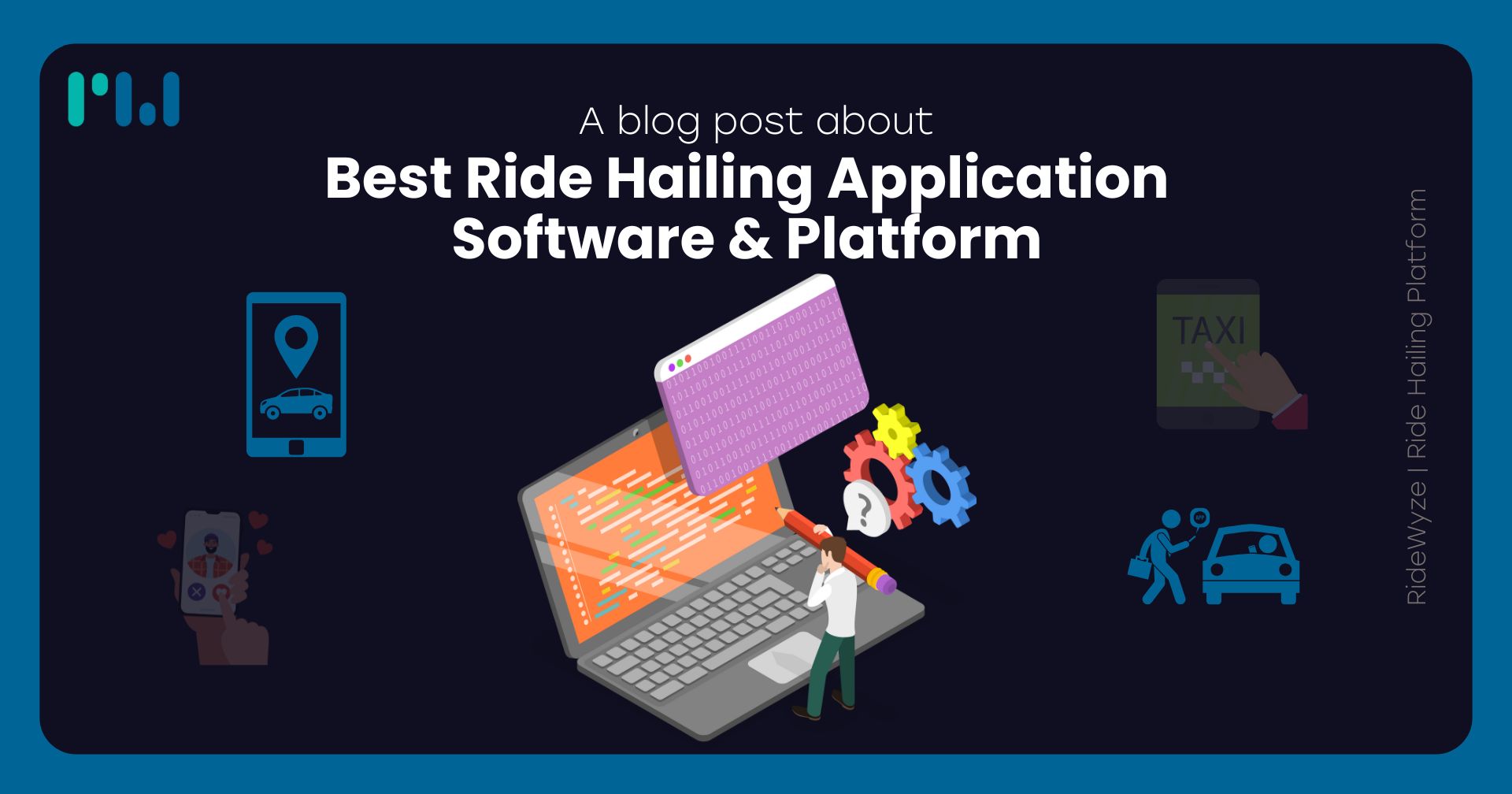
Article
Best Ride Hailing Application Software & Platform
Explore top ride-hailing software for seamless booking, efficient operations, and key features.
5 Feb, 2025 · 6 min read
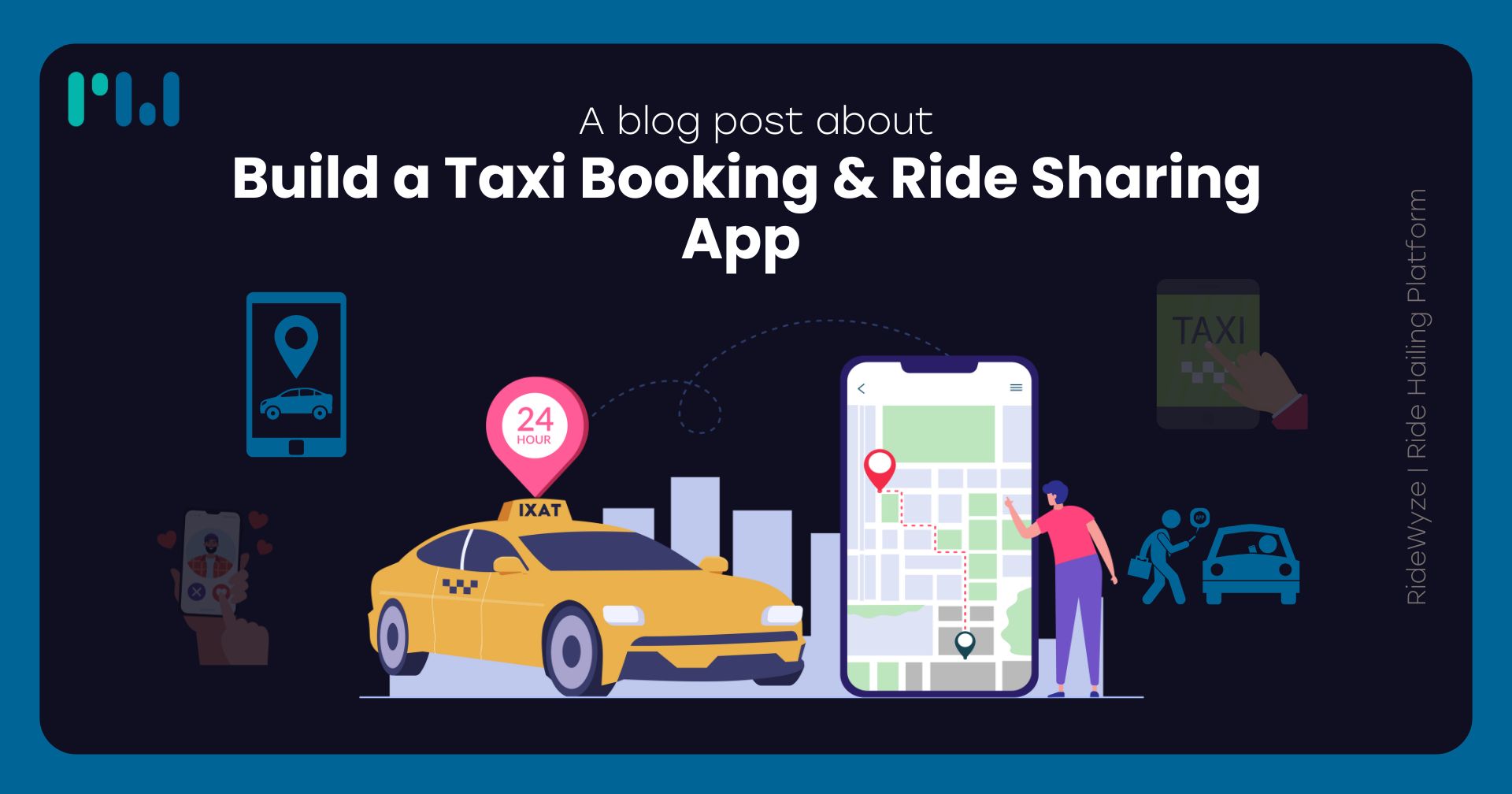
Article
Build a Taxi Booking & Ride Sharing App
Build a seamless, user-friendly taxi booking and ride-sharing app with essential features and scalable solutions.
11 Feb, 2025 · 6 min read
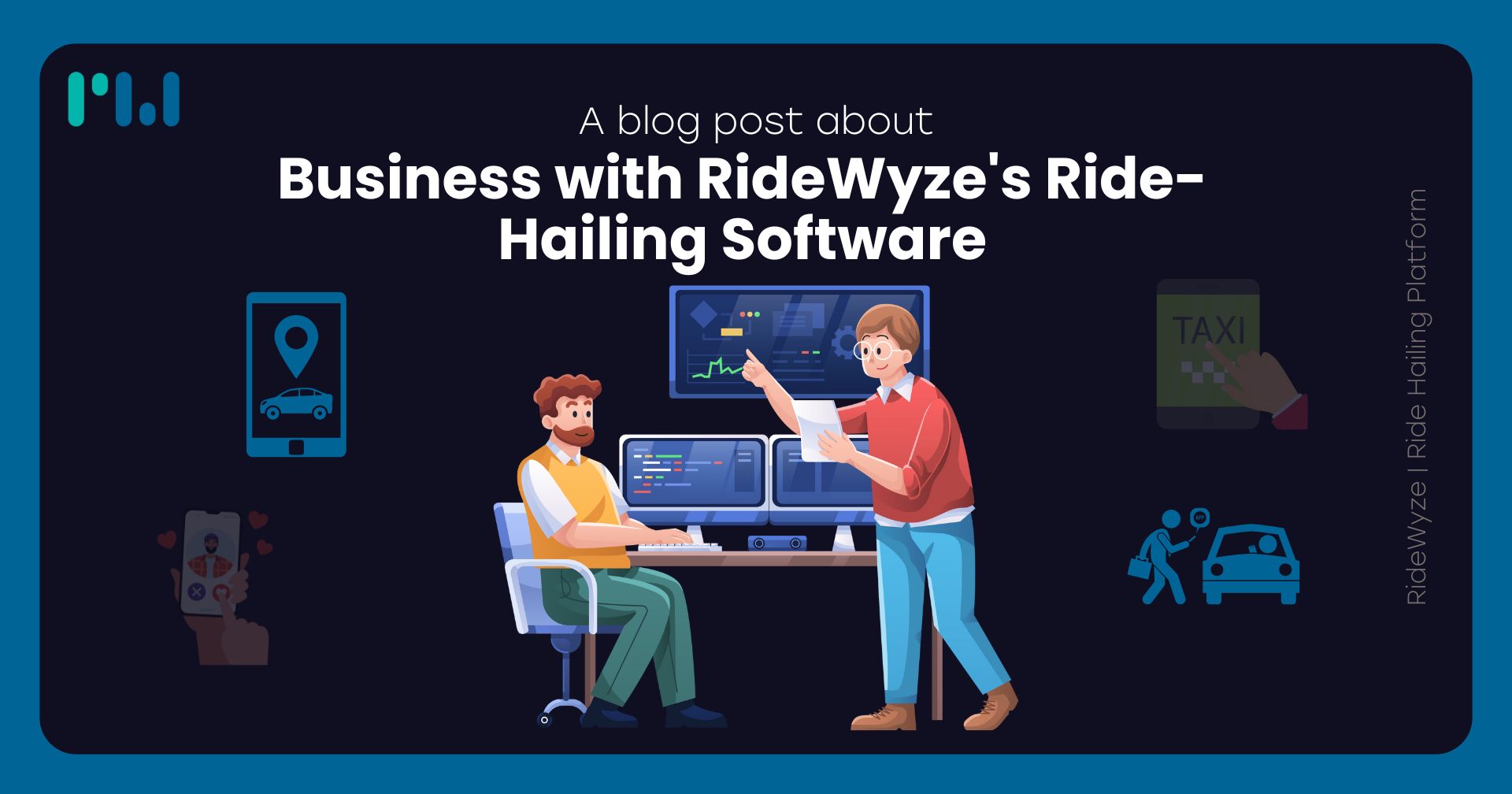
Article
Business with RideWyze's Ride-Hailing Software
Streamline operations, boost customer experience, and maximize profits with RideWyze’s advanced ride-hailing solution.
11 Feb, 2025 · 6 min read

Article
Bolt Clone App Development
Build a Bolt clone app with seamless booking, top features, and smooth user experience.
14 Feb, 2025 · 6 min read
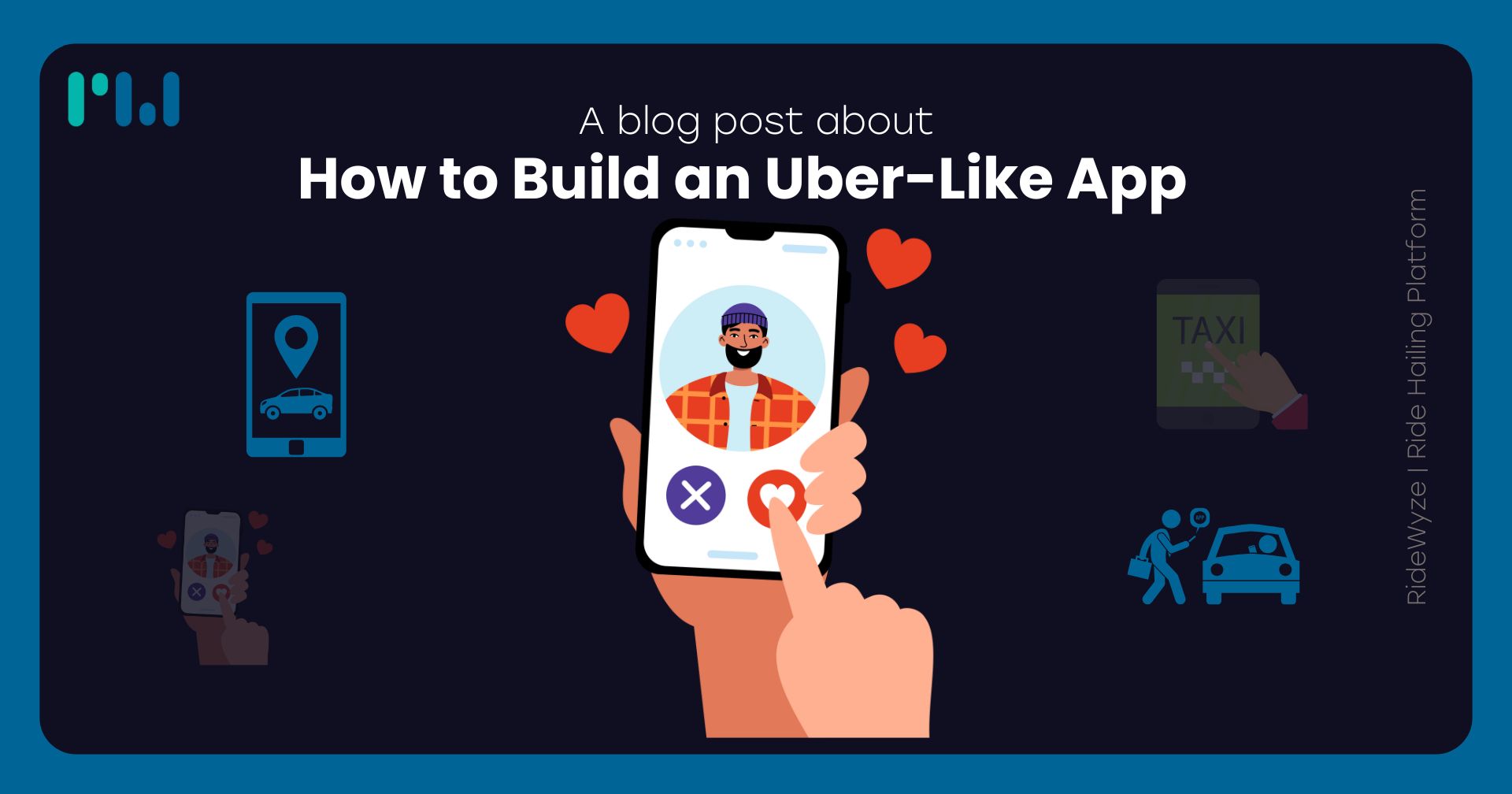
Article
How to Build an Uber-Like App
Learn the key steps, features, and technologies required to develop a successful Uber-like ride-hailing app with a seamless user experience.
18 Feb, 2025 · 6 min read
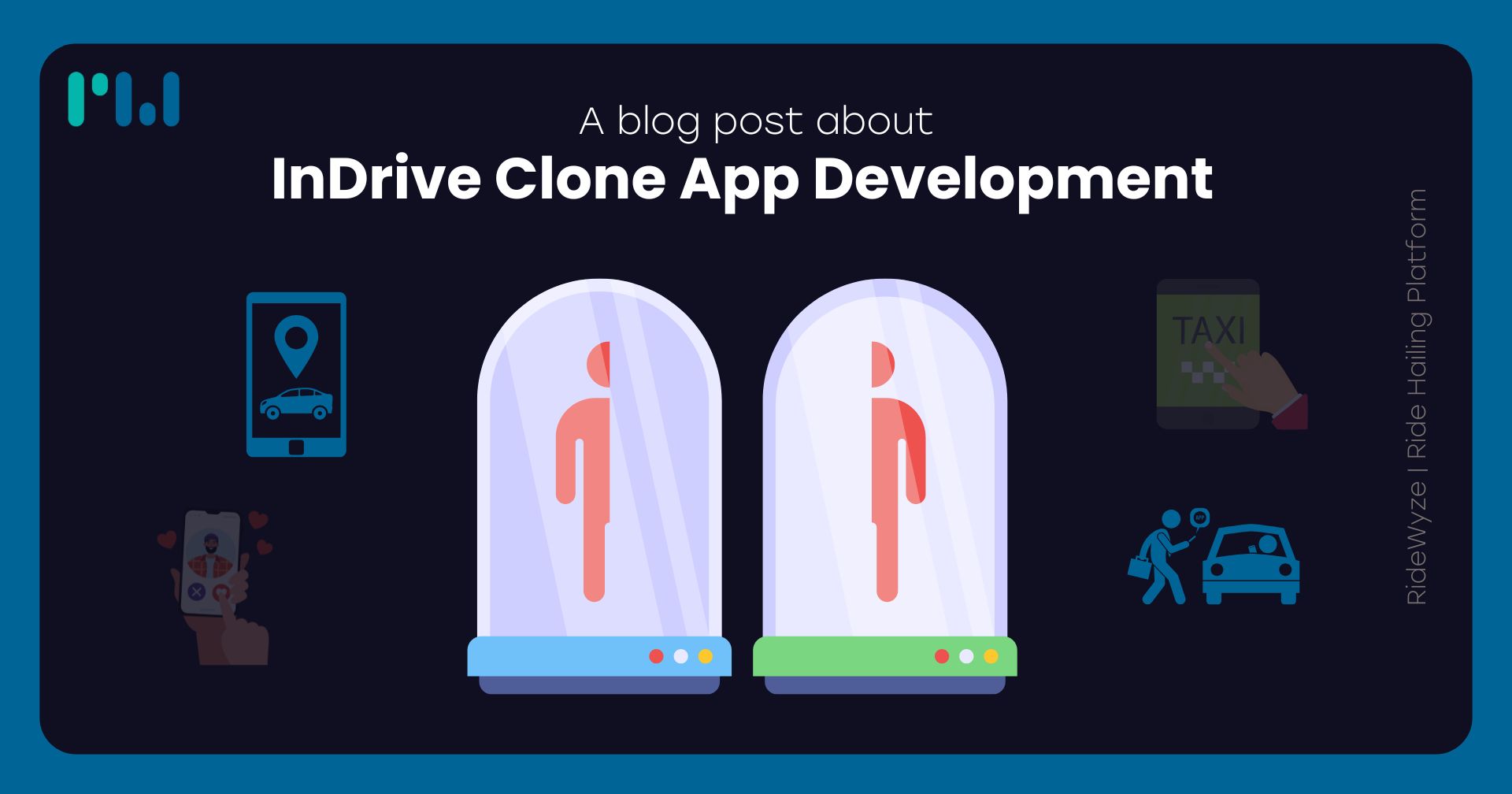
Article
InDrive Clone App Development
Build a custom InDrive-like app with a white-label solution, advanced features, and seamless ride-hailing experience.
20 Feb, 2025 · 6 min read
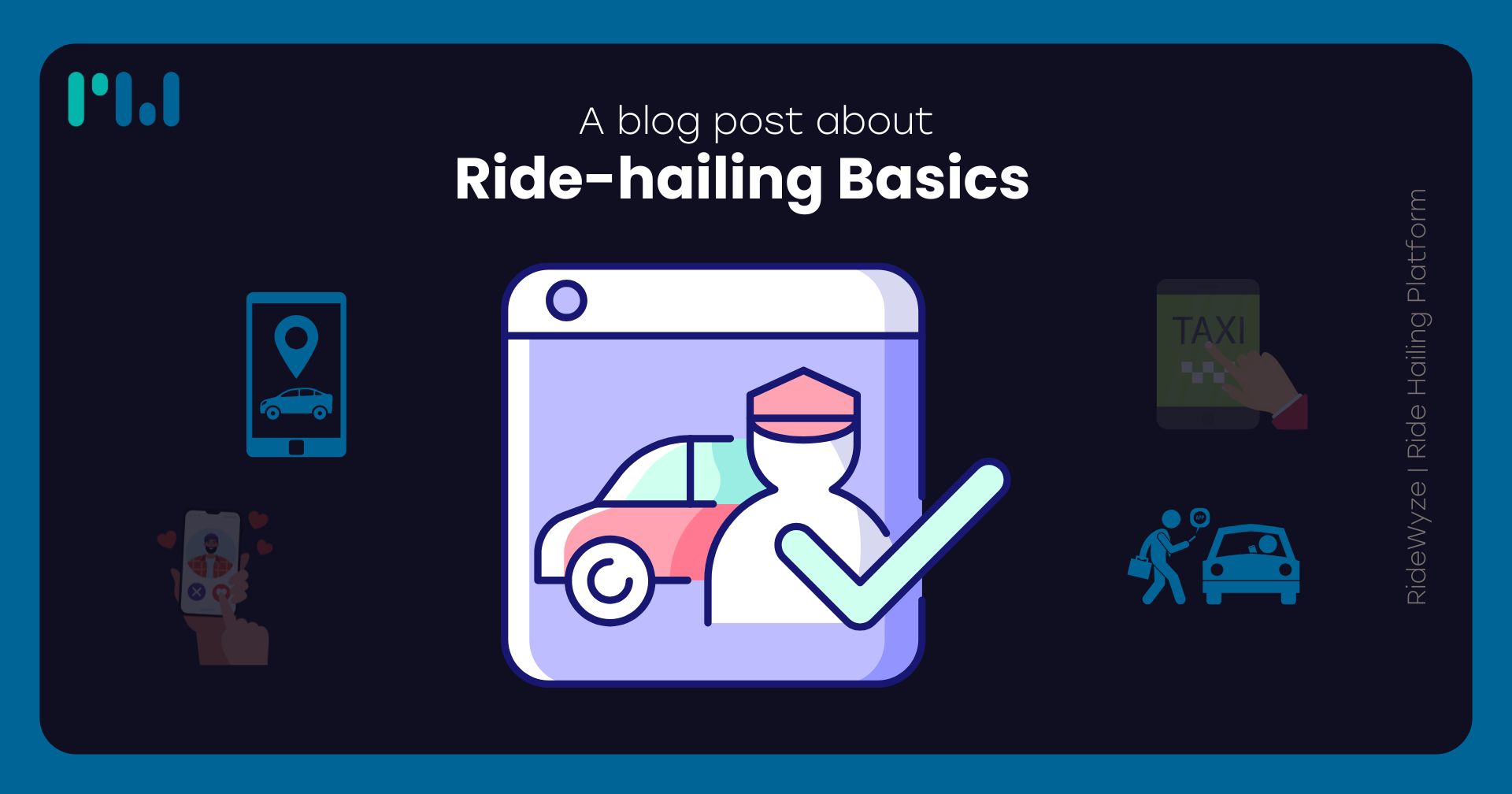
Article
Ride-hailing Basics
Learn the fundamentals of ride-hailing, from booking a ride to driver and passenger essentials for a seamless experience.
21 Feb, 2025 · 6 min read

Article
Ride-Hailing vs. Ride-Sharing the Key Difference
Learn the difference between ride-hailing and ride-sharing services, and how each impacts transportation and mobility.
25 Feb 2025 · 6 min read
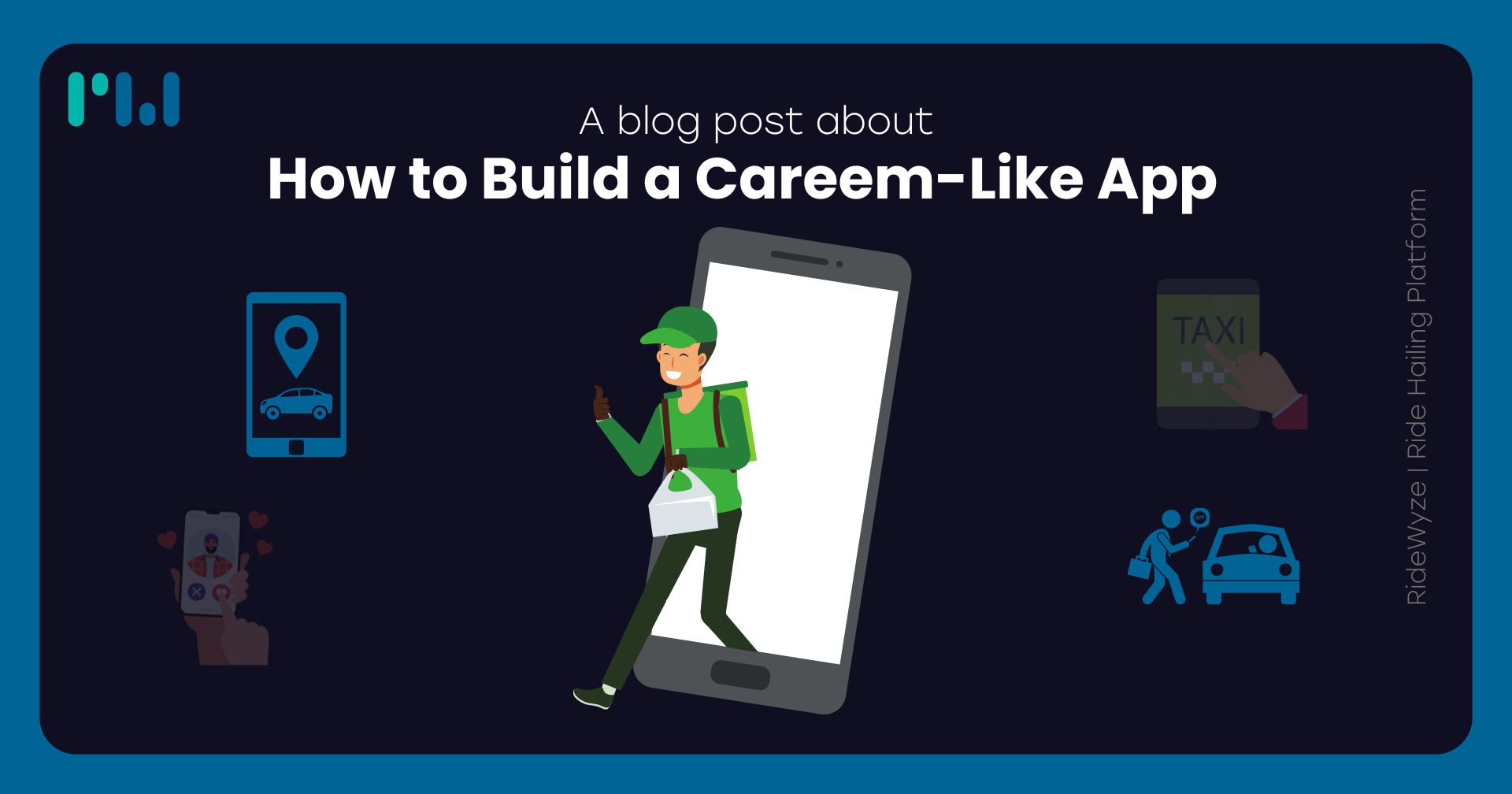
Article
How to Build a Careem-Like App
Develop a feature-rich, scalable ride-hailing app like Careem with seamless booking and payment integration.
26 Feb 2025 · 6 min read
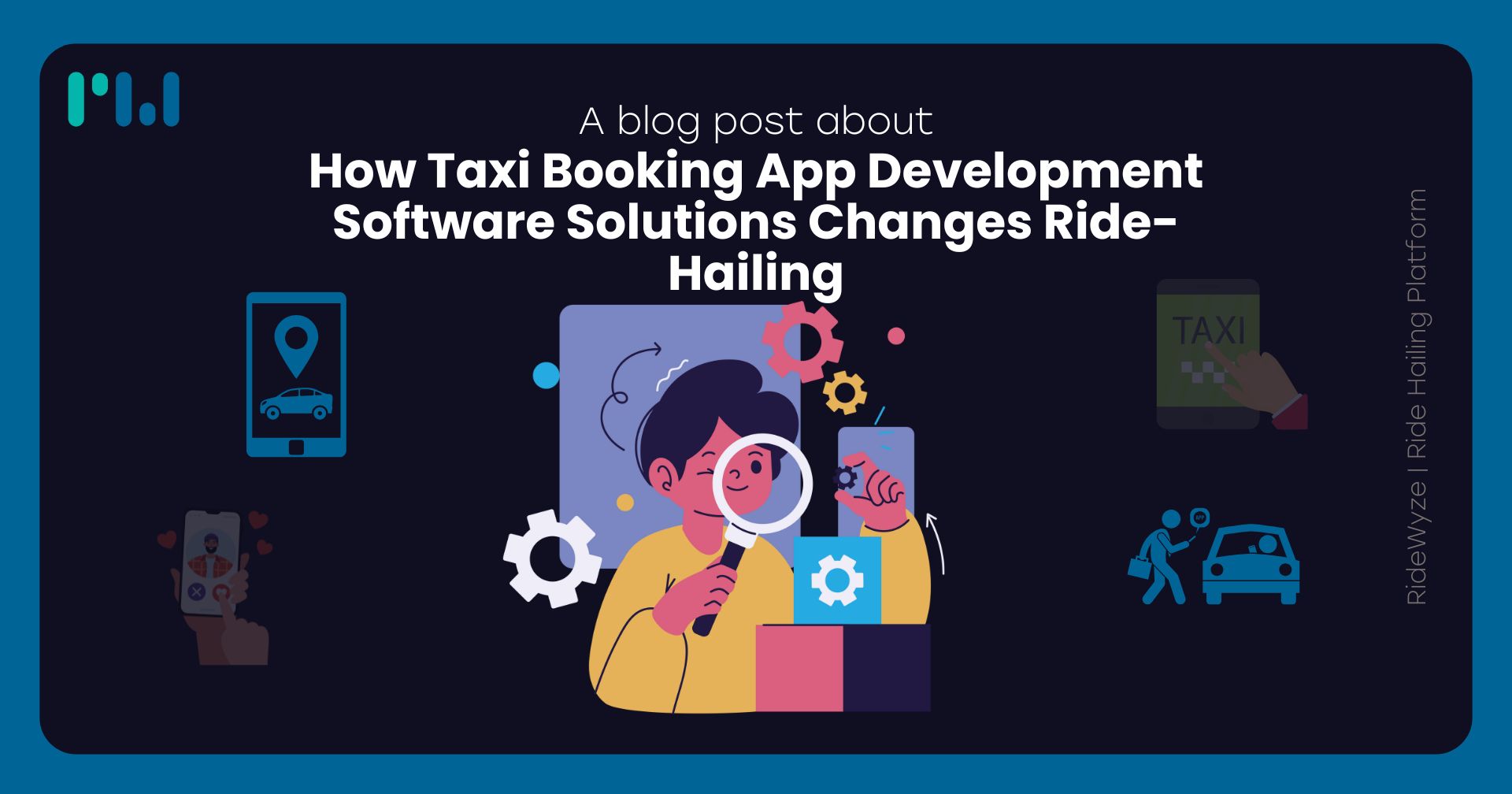
Article
How Taxi Booking App Development Software
Discover how advanced software solutions enhance ride-hailing efficiency, user experience, and business growth.
28 Feb 2025 · 6 min read
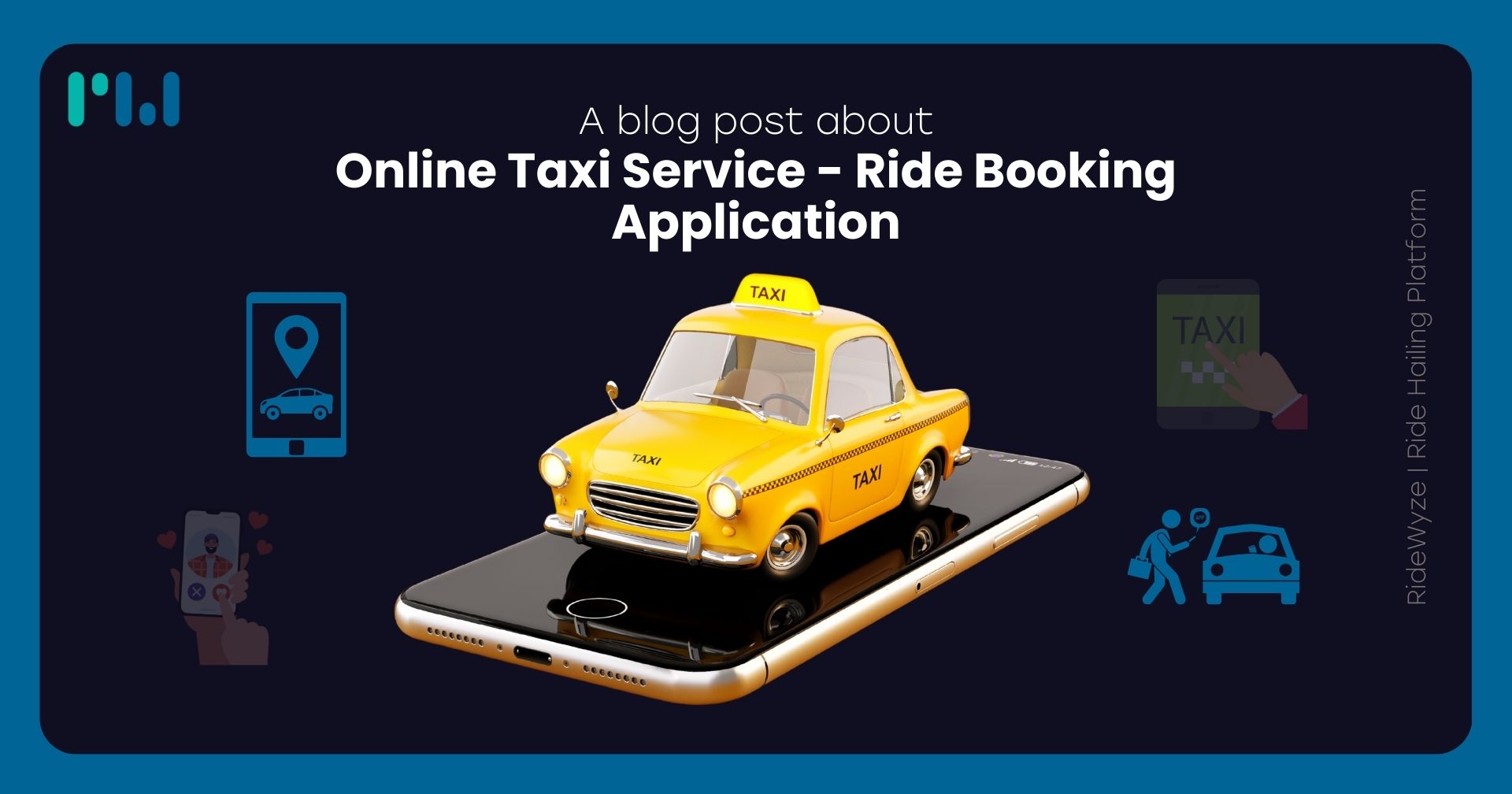
Article
Online Taxi Service - Ride Booking Application
Seamless ride booking with real-time tracking and secure payments.
3 March 2025 · 6 min read
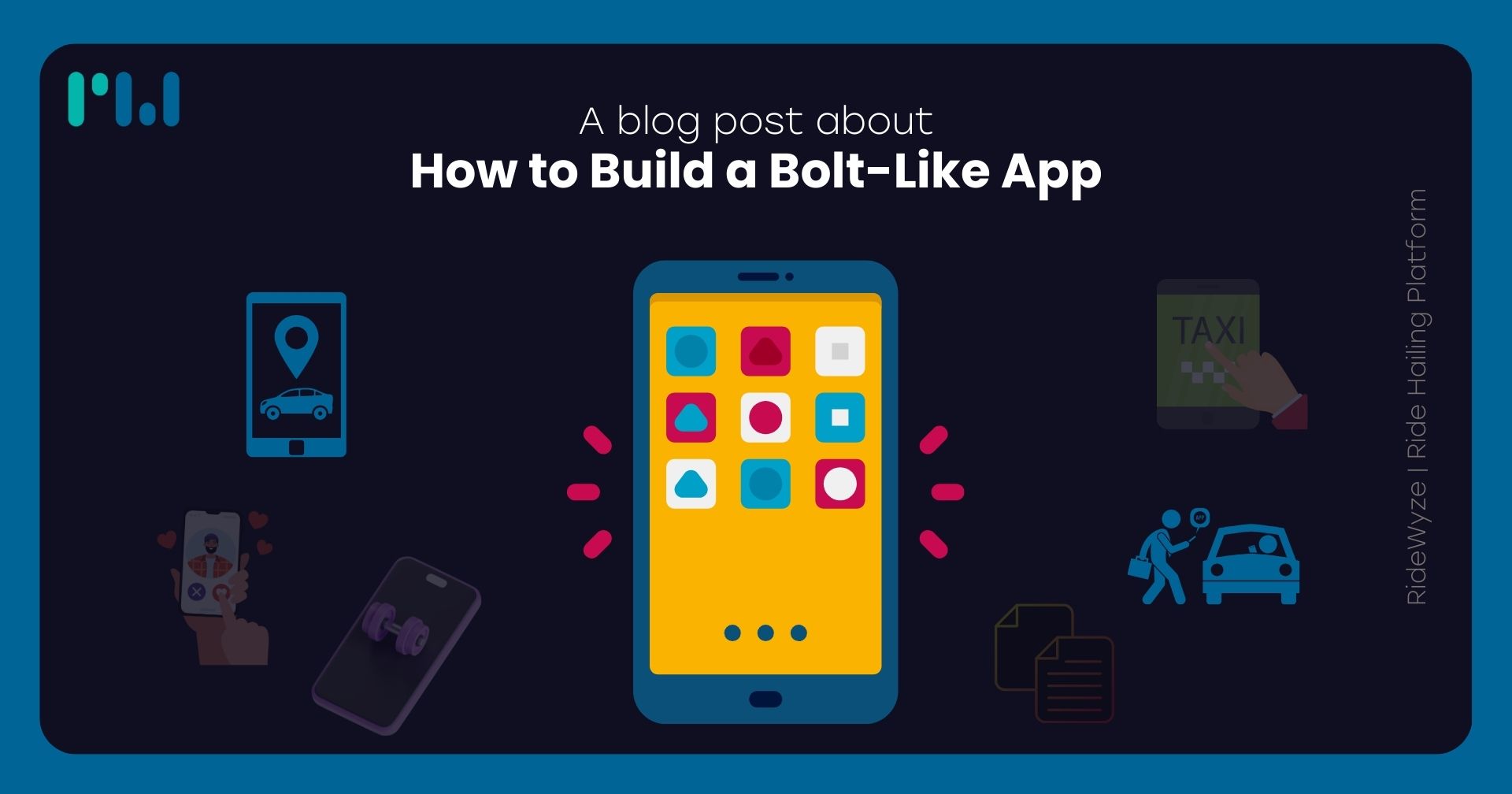
Article
How to Build a Bolt-Like App
Learn the key features, development steps, and costs involved in creating a Bolt-style ride-hailing app.
10 March 2025 · 6 min read
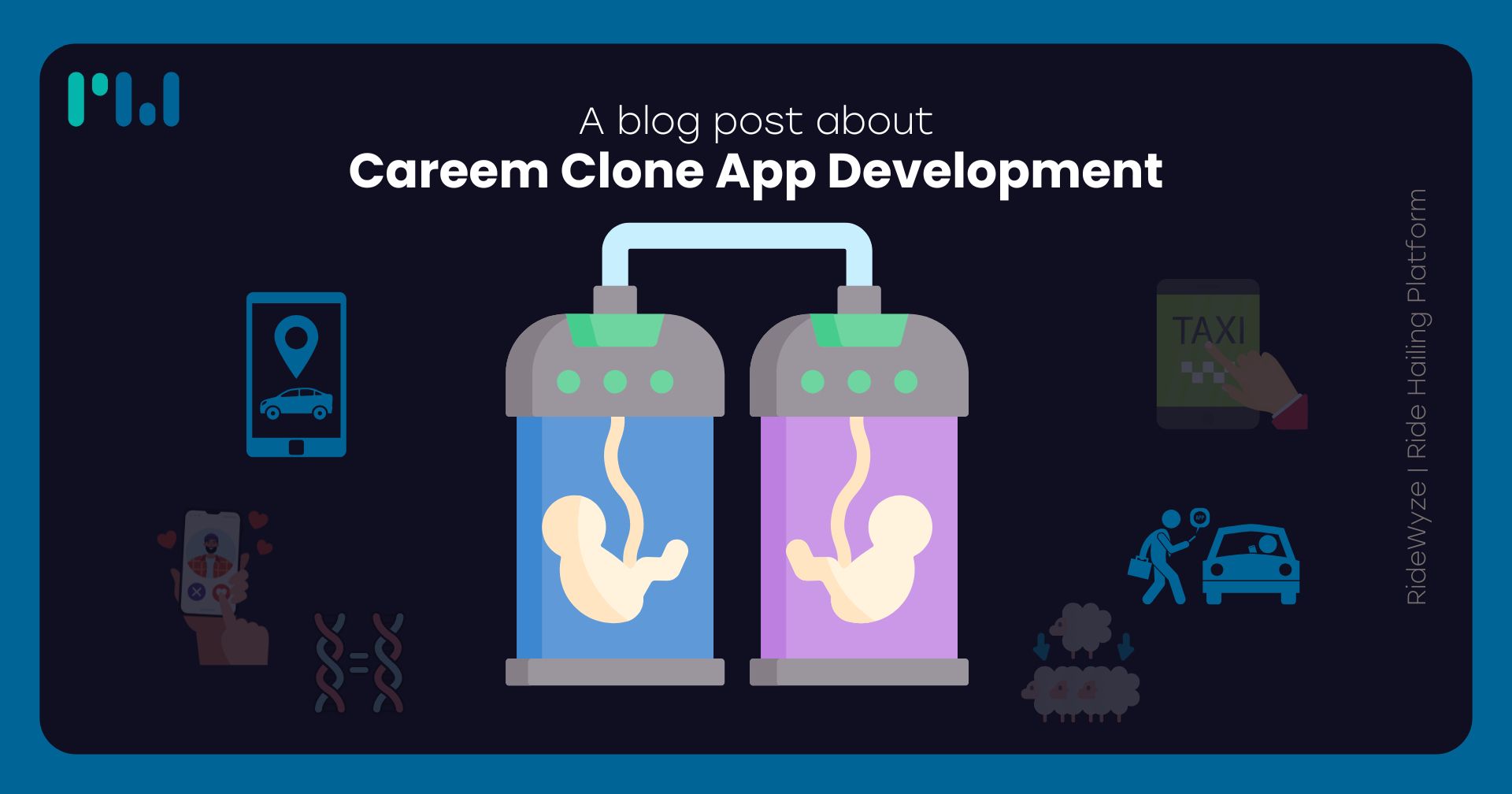
Article
Careem Clone App Development
Launch your own ride-hailing service with a white-label Careem clone app, featuring seamless booking and advanced features.
12 March 2025 · 6 min read
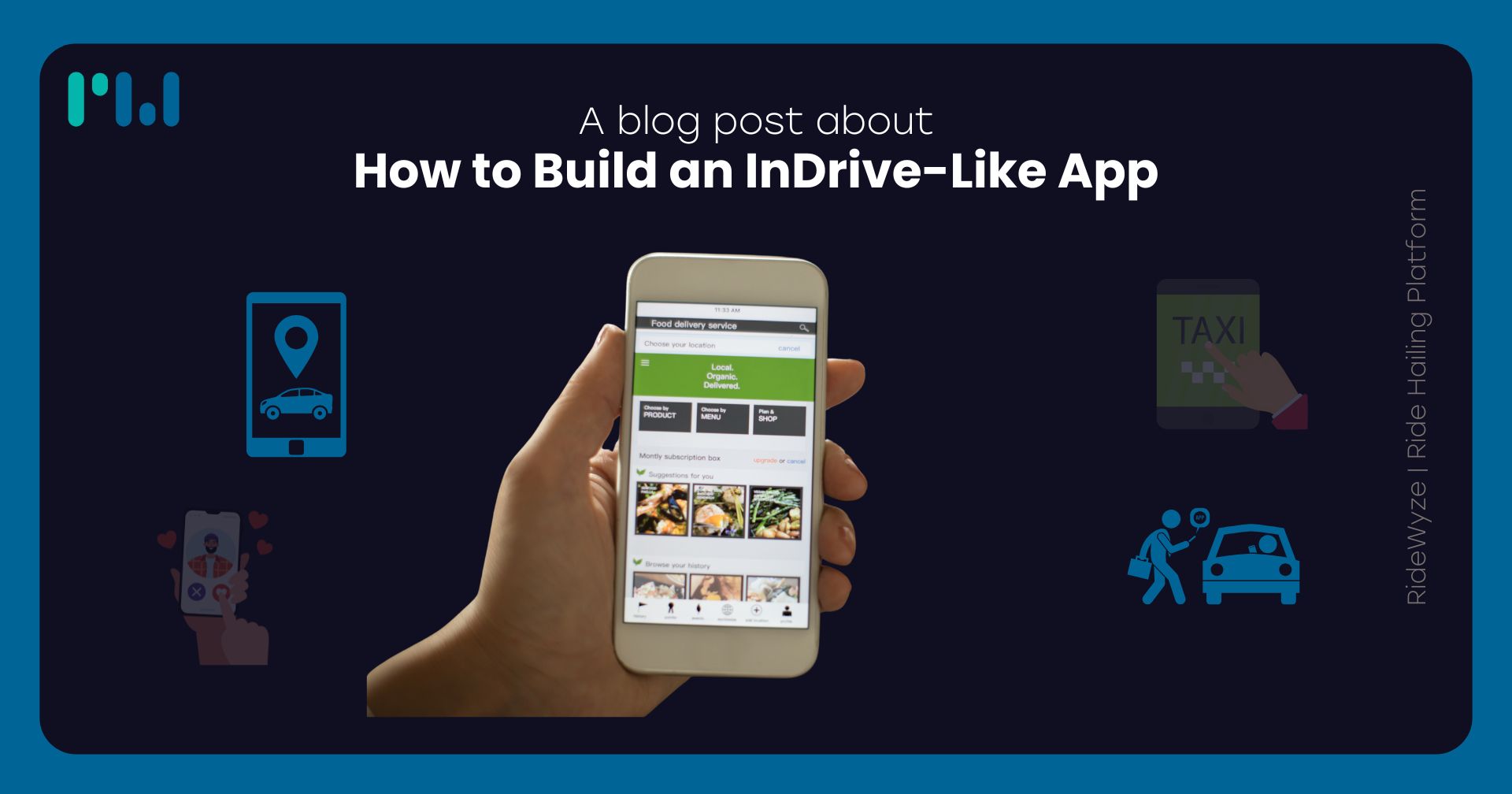
Article
How to Build an InDrive-Like App
Learn the key features, development process, and cost factors for creating a custom InDrive-style ride-hailing app.
13 March 2025 · 6 min read

Article
Key Trends Shaping the Ride-Hailing Industry in 2025
Discover emerging innovations transforming ride-hailing in 2025.
19 March 2025 · 6 min read
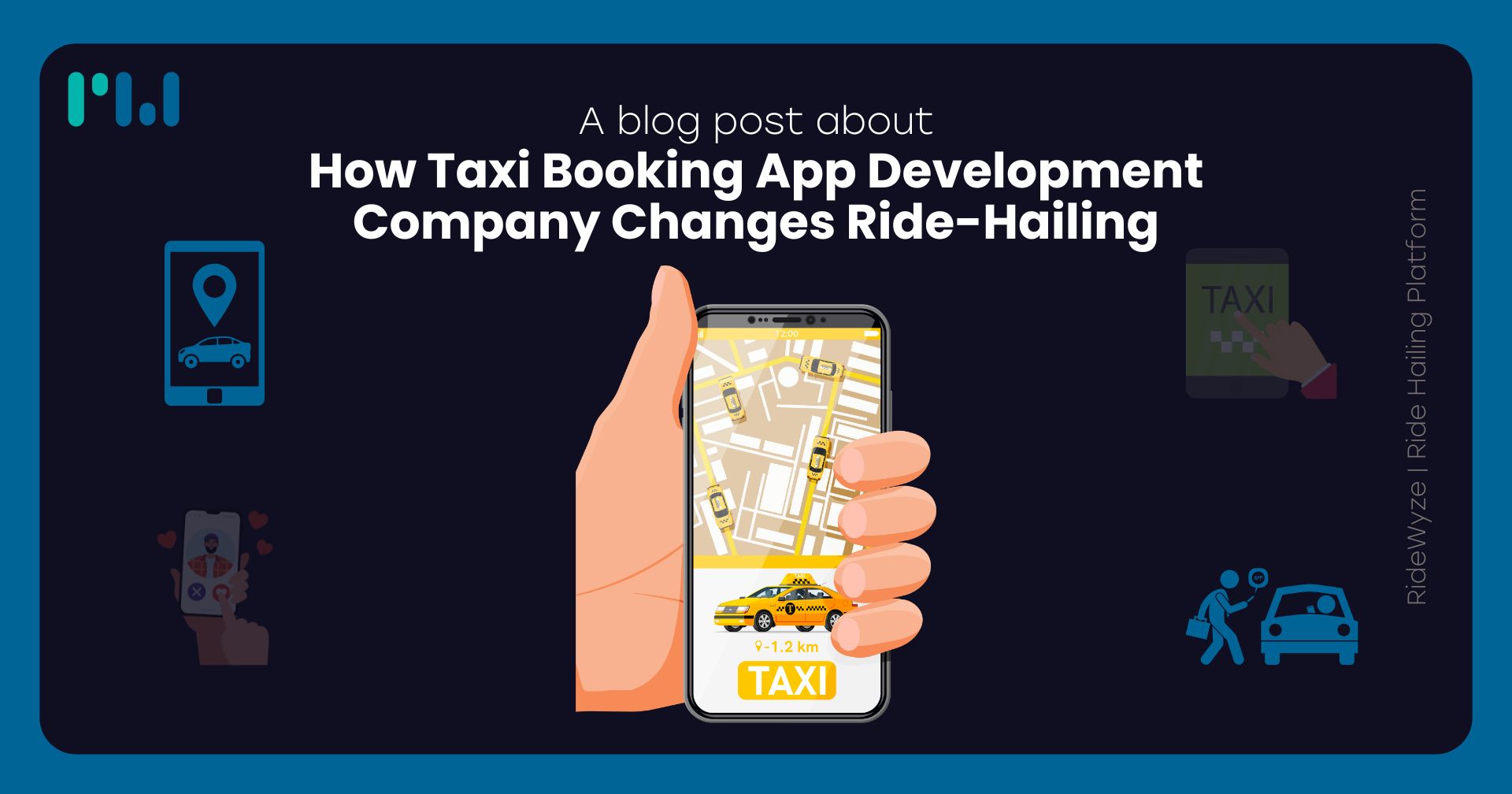
Article
How Taxi Booking App Development Company Changes Ride-Hailing
Discover how expert app development transforms the ride-hailing industry with innovation and efficiency.
25 March 2025 · 6 min read
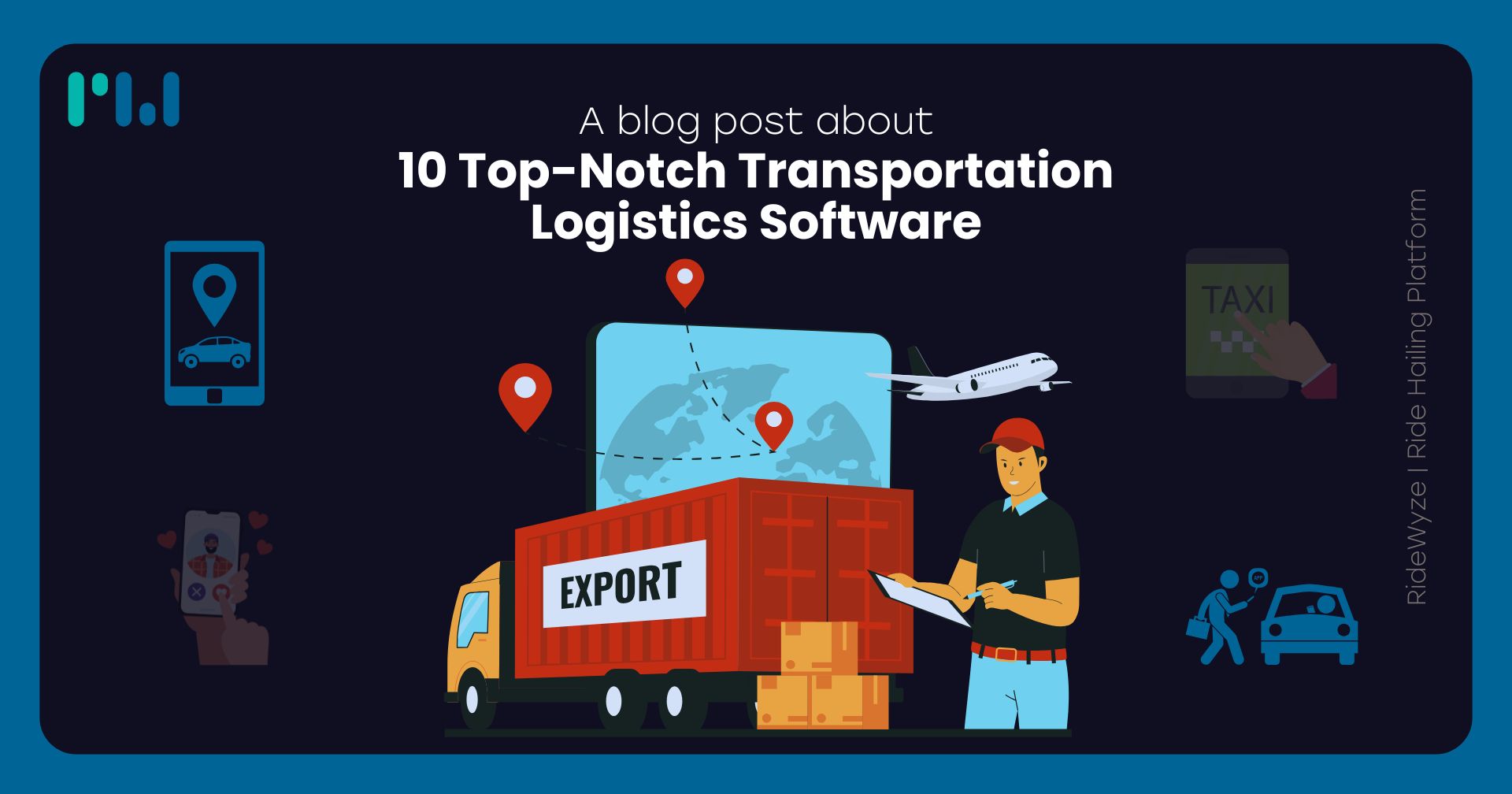
Article
10 Top-Notch Transportation Logistics Software
Explore the best software solutions for optimizing transportation and logistics operations.
26 March 2025 · 6 min read

Article
AI in Ride-Hailing: How RideWyze Leverages Smart Tech
Discover how RideWyze uses AI to optimize routes, enhance safety, and improve the ride-hailing experience.
4 april 2025 · 6 min read

Article
Ride Hailing Software
Discover robust ride-hailing software solutions designed to streamline bookings, payments, and fleet management.4o
9 april 2025 · 6 min read

Article
Transport Management Software
Streamline your logistics with transport management software for efficient routing, tracking, and delivery.
10 april 2025 · 6 min read

Article
Benefits of Having Taxi Dispatch Software
Improve fleet management, optimize routes, track vehicles, enhance customer experience, and boost efficiency with taxi dispatch software.
15 april 2025 · 6 min read

Article
Lyft Clone App Development
Build a custom Lyft-like app with our whitelabel solution. Feature-rich, scalable, and ready to launch.
17 april 2025 · 6 min read

Article
Airport Taxi Dispatch Software
Streamline airport transportation with intelligent taxi dispatch software designed for fast, efficient, and reliable service.
21 april 2025 · 6 min read
Ready to elevate your ride-hailing business? RideWyze has the tools and expertise to help you succeed. Contact us for a personalized demo today!
